Loggerhead Shrike
Brown Thrasher
Belted Kingfisher
Great-Tailed Grackle
Ovenbird
Loggerhead Shrike
The species range extends as far north as Canada, along the prairies of the central region, down to Mexico. It can be found from the northern Gulf Coast to southern Florida, where they spend the winter (FWC 2003).
Savannah Sparrow
White-eyed vireo
Wood Thrush
Pine Warbler
Eastern Phoebe
Tufted Titmouse
Yellow-throated Warbler
Cedar Waxwing
Black-and-white Warbler
Wilson’s Warbler
Vermilion Flycatcher
White Wagtail
Chuck-will’s Widow
Painted Bunting
Prothonotary Warbler
Northern Mockingbird
Red-winged Blackbird
Yellow-headed Blackbird
Yellow-headed Blackbird visits Florida
While the yellow-headed blackbird (Xanthocephalus xanthocephalus) may be a common resident of the western United States, it is a rare visitor to Florida. This male is one such individual that migrated just a little too far east. Every year, a small handful of individuals can be seen in random locations throughout Florida, usually in the Fall and winter months.
Similar to the more commonly known red wing blackbird, the yellow-headed blackbird occupies marshes and open fields where it searches for seeds and small insects to eat. Being larger and more dominant than the smaller red wing blackbirds, yellow-heads often occupy the best nesting grounds in the marshes that they share. A single male can maintain a territory with up to 8 females to nest with. He will often share in the nesting duties but seldom feeds the young other than those in the first nest created. The nests average 4 eggs each and they typically lay one clutch of eggs per year.
Apart from the bright yellow heads of the adult males (as seen in the photos), yellow-headed blackbirds can also be identified by the bright white wing patches most easily seen when in flight. They are also known as having a rather unpleasant call for a songbird, sounding much like a rusty hinge squeaking.
So, remember, always keep your eyes open. You never know what neat visitor you may run into.
Photo credit: Andy Waldo
Map: Cornell Lab
Yellow-rumped Warbler
Yellow-rumped Warbler
Known affectionately as Butter-Butts, Yellow-rumped warblers, (Setophaga coronata), migrate south in the winter. These flocks of Florida snowbirds can be found in mangroves, scrub, forests, or your yard.
Their winter diet consists of fruit from shrubs such as wax myrtle, juniper berries, poison ivy, and poison oak as well as many seeds including those from goldenrod and beach grasses.
Great Crested Flycatcher
Great Crested Flycatcher (Myiarchus crinitus)
These beautiful birds tend to make homes in deciduous forests but can also settle in your backyard. Once they establish a nest, they rarely move. Both parents care for the nest and will leave in search of insects. They are excellent hunters, moving quickly and picking off insects on the ground or even in flight.
Great Crested Flycatchers have also been known to bring snake skins back to their nest. Occasionally, they may mistake plastic for snakes’ skins. Males defend their nest with loud calls and will even fight when threatened. Breeding takes place throughout the U.S. and southern parts of Canada in spring and summer. During non-breeding seasons, from fall through winter, Great Crested Flycatchers migrate to Central or South America.
Photo Credit ~ Aymee Laurain
Northern Cardinal
Florida Scrub-Jay
Florida Scrub-jays (Aphelocoma coerulescens) is the only species of birds endemic to Florida. These social birds are charismatic, vocal, and friendly. They thrive in sand pine and xeric oak scrub, scrubby flatwoods, sand dunes, and sandy deposits along rivers. Scrub-jays dine on lizards, toads, frogs, mice, insects, and bird eggs. Acorns add protein, and Scrub-jays have been known to bury some to be used during the winter months.
Florida Scrub-jays are cooperative breeders. Both the mom and dad, as well as grown offspring, feed and protect the young. Breeding takes place from March through June. Nests are built from palmetto fibers and twigs and are only 3-10′ above the ground. An average clutch of 2-5 eggs produces new chicks in about 18 days. The babies fledge in another 18 days and remain with their family for a year.
A scrub-jay family lives in a 24-acre area. The family will take turns being the “look-out” bird while the rest forage for food. If a predatory bird such as a hawk is sighted, the “look-out” bird will call to the family, and they will all take cover. If the threat is at ground level, the family may join together in attacking a snake or other predator.
Sadly, Florida Scrub-jays have been declared Threatened under the Endangered Species Act and classified as Vulnerable to Extinction by the International Union for Conservation of Nature. There are only about 8,000 Scrub-Jays left in Florida. The U.S. Migratory Bird Treaty Act protects Florida Scrub-jays.
Over the last 200 years, humans have claimed Scrub-jays well-drained habitats for development and agriculture. A history of fire suppression caused much of their remaining habitats to become overgrown and unlivable. Because development has caused forests to become fragmented, when young birds leave their family home, they have a hard time finding a suitable habitat where they can settle down and start their own family. This fragmentation has caused isolation between families, and thus, each group of Scrub-jays has adapted by developing their own unique vocalizations.
Carolina Wren
Quietly sit outside, and you will likely see a pair of busy Caroline Wrens. They are common in backyards and open woods. Listen, and you will hear their song, often with the male producing resonant melodies while the female chirps along.
Carolina Wrens (Thryothorus ludovicianus) dine on caterpillars, beetles, grasshoppers, crickets, spiders, larvae, and other insects, as well as fruit, seeds, and berries. They use their bills to search for food while hopping or flying on or near the ground. They forage together near the safety of shrubs or bushes in gardens, thickets, brush piles, barks of trees and limbs, and may occasionally stop at your birdfeeder for a treat.
Mated for life, Carolina Wrens will defend their permanent territory. They work together to construct their nest where they will raise 3 broods of 4-8 young each year. Their nests can be found in tree holes, branches, stumps, and brushes. They can also be found in mailboxes, window boxes, garages, artificial wreaths hung on your front door, and a variety of other human-provided safe nesting spots. The couple builds the nest out of twigs, leaves, and weeds with a side opening and oftentimes, with a domed roof. The female lines the nest with soft materials of grass, moss, feathers, animal hair, and/or snakeskin. The male brings meals to the female while she incubates the eggs for two weeks. Both parents feed the chicks for two weeks before they leave the nest.
Has a Carolina Wren pair claimed your yard as their permanent territory?
Photo Credit Andy Waldo
House Sparrow
House sparrows were introduced at various stages throughout New York (Barrows 1889), Maine, Massachusetts, and Nova Scotia. Some of these releases were a sentimental connection to the homeland of many European immigrants. Others were to help control cankerworms or linden moths(Marshall 2014). In some cases, the release of house sparrows failed and the birds died without breeding. One of the more successful attempts was in Nova Scotia. This population spread and the presence of other populations in the U.S. Northeastern states may have helped them thrive.
Today, house sparrows have spread throughout all of the United States, most of Mexico, and the southern parts of Canada. They have even made their way to South America. In most regions, they are considered an invasive species due to their aggressive and territorial tenancies. They will even go to such extremes as to damage the nests of other birds. They out-compete many native birds for food and reproduce at a rapid rate making them difficult to control. Oddly enough, many places in Europe are seeing declines in house sparrow populations. The United Kingdom has a 71% reduction since the mid-1990s. This decline has been linked to avian malaria and areas of increased nitrogen dioxide. Italy experienced a 49% decline in house sparrow populations from reductions in nesting sites, reduced food availability, and possible disease. Paris reported a 12.4% reduction by year primarily due to city gentrification. Yet, these birds continue to thrive in North America.
One way you can help is by providing a nesting box for house sparrows. If eggs are laid you can simply poke them with a pin to prevent the eggs from further developing. Removing the eggs entirely can cause the female to produce more eggs at a faster rate. Removing an entire nest could force sparrows into more wild landscapes and could pose a greater threat to native birds. While we might never be able to fully eradicate house sparrows from Florida, it never hurts to try and reduce the growing population.
House Sparrows are sexually dimorphic with the male having a classic black mask across his eyes. The photos below show a male (Left) and female (Right).
Photo credit: Aymee Laurain
Reference:
Barrows, W.B. (1889). “The English Sparrow (Passer domesticus) in North America, Especially in its Relations to Agriculture”. United States Department of Agriculture, Division of Economic Ornithology and Mammalogy Bulletin (1).
https://royalsocietypublishing.org/doi/10.1098/rsos.182197
https://www.theguardian.com/…/pollutionwatch-city-sparrows-…
https://www.researchgate.net/…/230139769_Recent_declines_in…
Malher, F. and Maintigneux, P., 2019, The House Sparrow in Paris: decline and monitoring, AGIR pour la biodiversité.
Eastern Bluebird
The Eastern Bluebird (Sialia sialis) is part of the songbird family of thrushes. Once declining at an alarming rate due to introduced species, pesticides, and habitat loss, Eastern bluebirds have made a stirring comeback. The population increase has been aided by birdhouses built especially for the bluebirds along bluebird trails.
Eastern bluebirds prefer open habitat, which is near trees. These areas include forest clearings, burned areas, savannas, pastures, parks, and golf courses.
Male bluebirds flutter and sing to attract a female. The new couple will find a tree with a cavity such as an old woodpecker hole or a birdhouse. The female does most of the nest building and will loosely construct a nest of twigs and grasses lined with softer material such as feathers, animal hairs, or fine grass. There she will lay 3-7 pale blue or white eggs.
Incubation takes 13-16 days and is mostly by the female. When the nestlings are born, both parents will feed their young. Since Eastern bluebirds have 2-3 broods per year, it is not unusual to see a young bird from a previous brood help with feeding. Meals consist of a wide variety of insects. They also enjoy berries, earthworms, and snails.
Eastern bluebirds are monogamous while nesting but can be found in small flocks during the rest year. We hope a flock of bluebirds will fly over the rainbow and visit all of you this year.
Robin
Robins
* Robins prefer cooler temperatures, which is why they fly north to escape the southern heat.
* Robins will start to migrate back north when they feel a 37-degree average daily isotherm ( ground temperature above 37*).
* Male robins will arrive at their northern destinations about 2 weeks earlier than the females. This gives them time to claim their territory.
* Robins do not mate for life; however, the male will stay to help feed his chicks.
*Chicks leave the nest in August and live to be 5-6 years old.
* Robins begin to migrate south when the temperature causes the ground to become too hard to dig for earthworms, their main food source.
* Robins will resort to eating berries and insects until that food supply starts to dwindle.
* During migration, robins can fly up to 36 mph and cover 100-200 miles a day.
*Winter months are spent in Florida, southern Louisiana, southern Texas, southern Arizona, southern New Mexico, Southern California, and northern Mexico.
* Most robins migrate intermediate distances but some have migrated from Vancouver to as far south as Guatemala.
As the temperature warms in our neighboring states, robins will begin to make their way across Florida. Keep an eye on your birdbath. A flock of robins just might stop by for a quick dip and drink.
Florida Grasshopper Sparrow
The Florida Grasshopper Sparrow (Ammodramus savannarum A. s. floridanus) is one of the most endangered birds in Florida, with less than 50 breeding pairs left in the wild. A subspecies of the Grasshopper Sparrow, the Florida Grasshopper Sparrow, has darker and more gray tones in its plumage and is the only grasshopper sparrow that breeds in Florida. They weigh no more than one ounce as adults. Their coloration and habit of living and nesting in the grass make them almost invisible. The sparrow forages on the ground for small invertebrates, grasshoppers, and seeds. The Sparrow’s nest is concealed under vegetation. Still, they are extremely vulnerable to predation by snakes, birds of prey, crows, rodents, raccoons, skunks, armadillos, opossums, coyotes, fire ants, and box turtles. Females incubate three to five eggs for approximately 12 days. Chicks leave the nest at around eight days old but will stay in the area and be fed by the parents for a few weeks. The Florida Grasshopper Sparrow’s decline began in the 1970s when native prairie grasslands were converted to cattle grazing pastures, sod production, and other agricultural uses. The Florida Grasshopper Sparrow responds well to restoration efforts. Current conservation efforts in Florida to restore native grasslands and breeding programs may help this critically endangered bird recover.
Boat-tailed Grackle
This beautiful male Boat-tailed Grackle is on the lookout at the Lake Apopka Wildlife Drive. He is a permanent resident of Florida. The bright sun makes the beautiful iridescence of his feathers glow for all to enjoy. Females have a brownish coloration and a smaller tail. Boat-tailed Grackles breed abundantly in salt and freshwater marshes along the Atlantic and Gulf coasts. These birds forage on the ground, in shallow water, or in shrubs. They eat arthropods, crustaceans, mollusks, frogs, turtles, lizards, grain, seeds, fruit, and tubers. At times they have been known to steal food from other birds, animals, and humans. They overturn shells and stones with their beaks, dunk their heads in water to catch their prey, and pry open mussel shells. Just like us, they will dunk food like rice, dogfood, or bread before eating it.
Palm Warbler
Florida has many migratory birds. This Palm Warbler (Setophaga palmarum) is one of them. The Palm Warbler is a fast little bird, and getting a picture can be quite a challenge. Luckily, this beauty allowed us to snap a shot before darting off. The Palm Warbler is a small and colorful songbird. However, they have larger tails and legs than most warblers. This beautiful species has a captivating color pattern that easily attracts the attention of any bird-lover.
Palm Warblers breed throughout much of Canada’s boreal forests during the summer and migrate to the Southeastern U.S., Caribbean, and Central America for the winter. These songbirds are quite talented, and their songs can be heard throughout the day.
This bird can constantly be seen wagging its tail. They are mostly ground feeders and will feed off berries, seeds, and insects, including aphids, mosquitoes, beetles, grasshoppers, and spiders. Planting native plants in your yard help provide these birds with lots of healthy food during their migration.

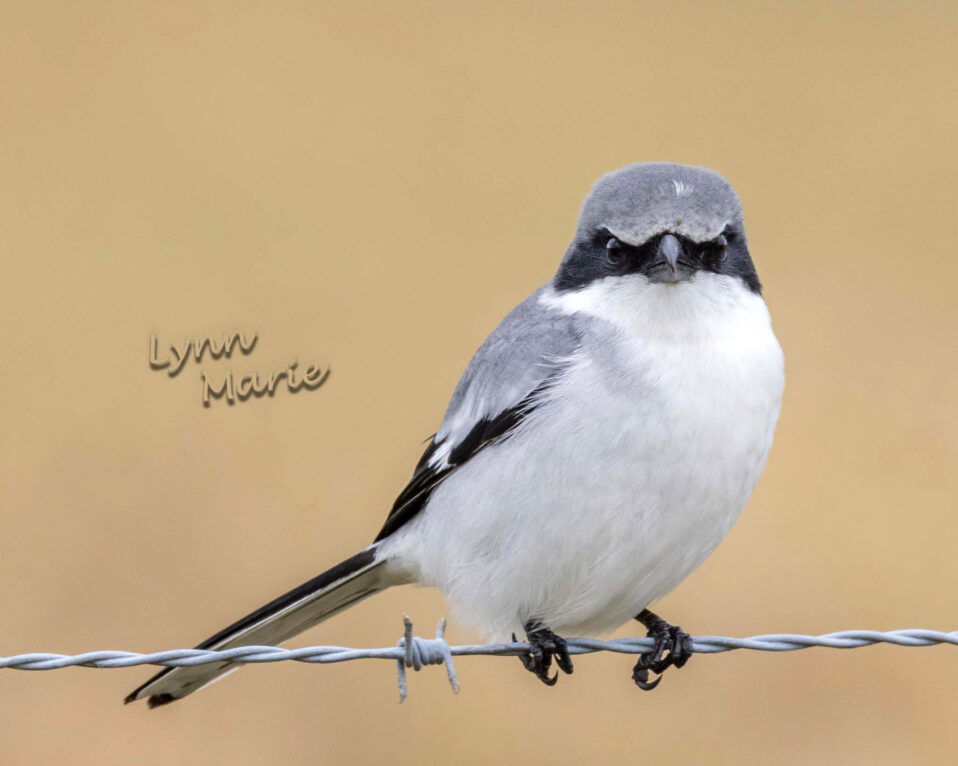
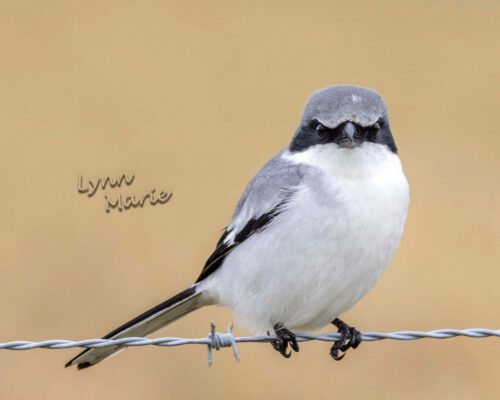
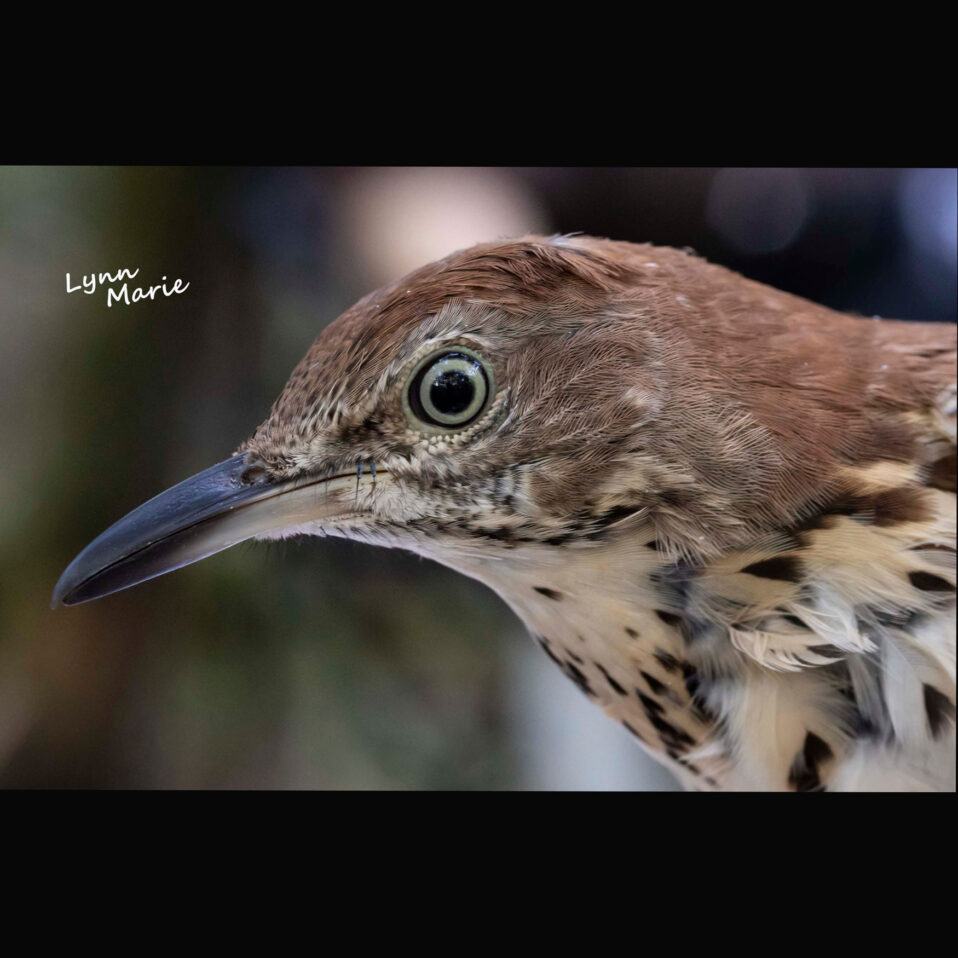
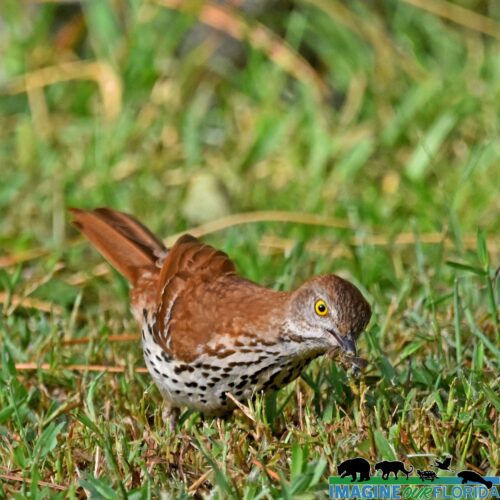
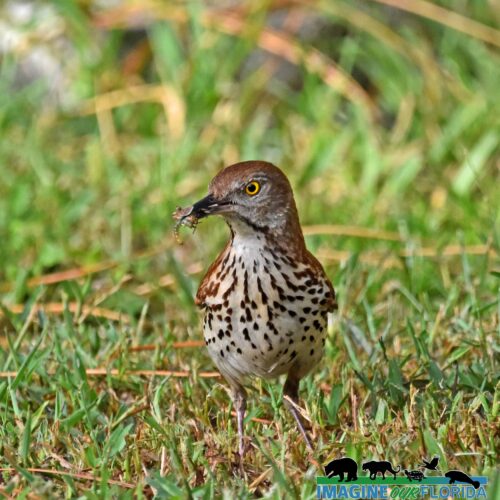
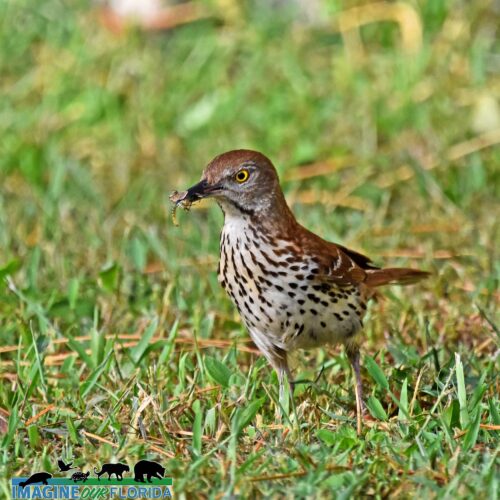
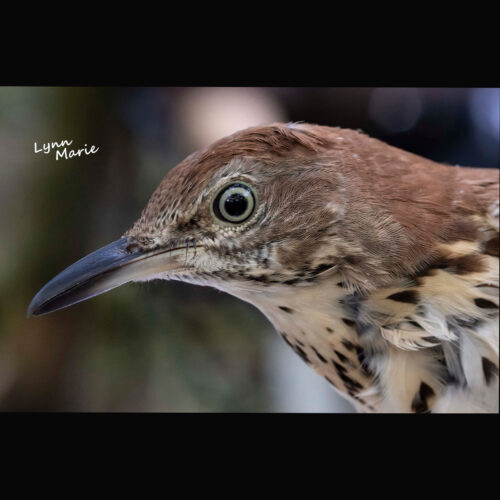
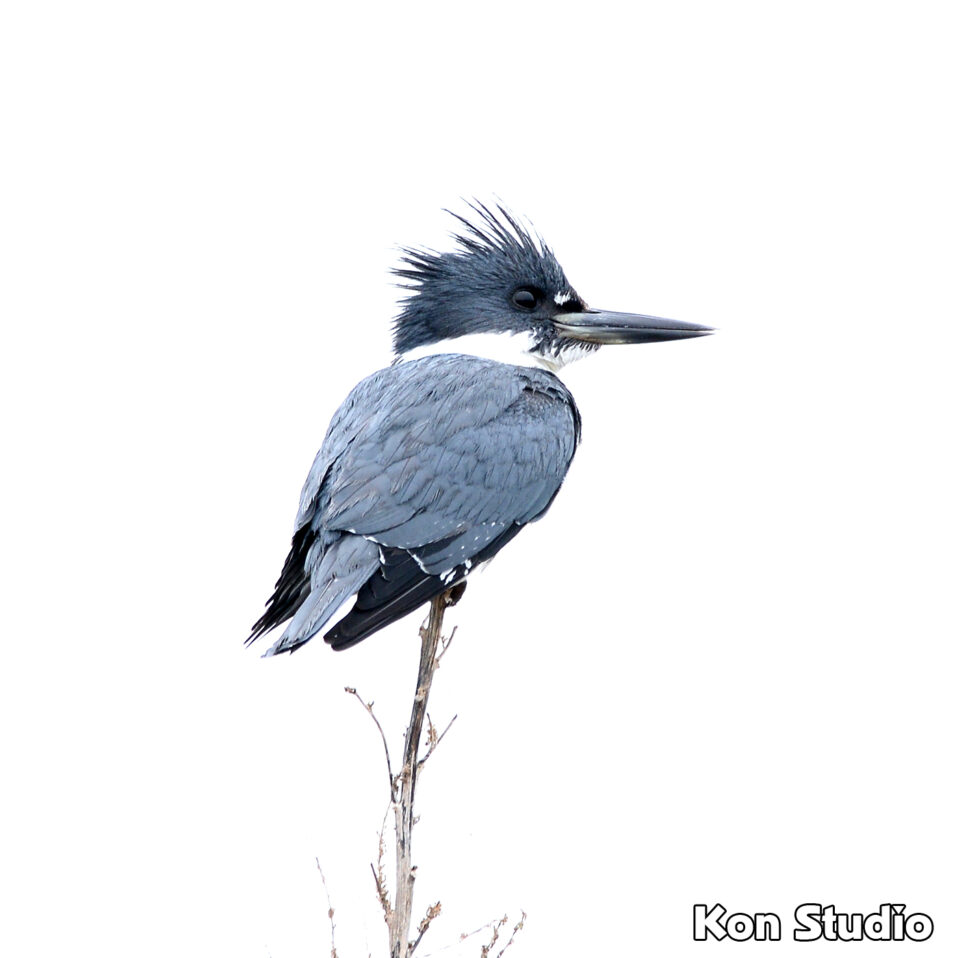
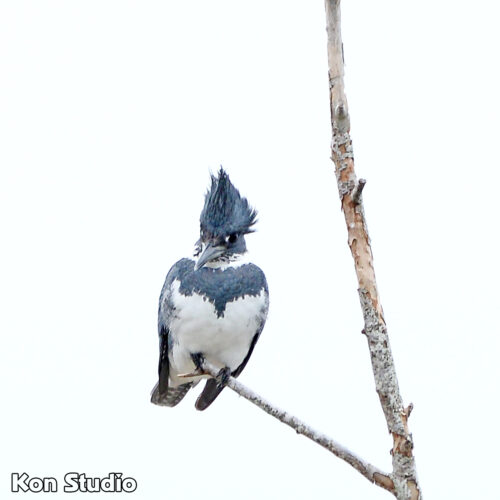
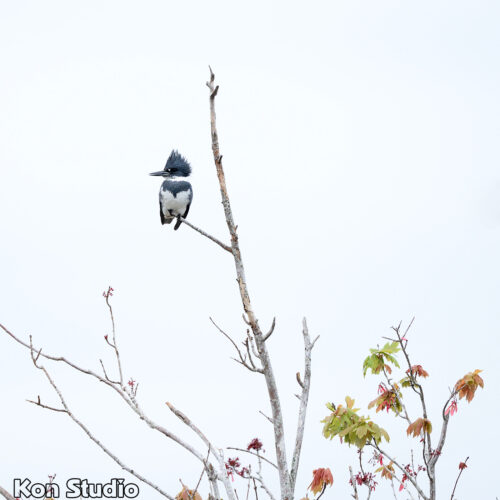
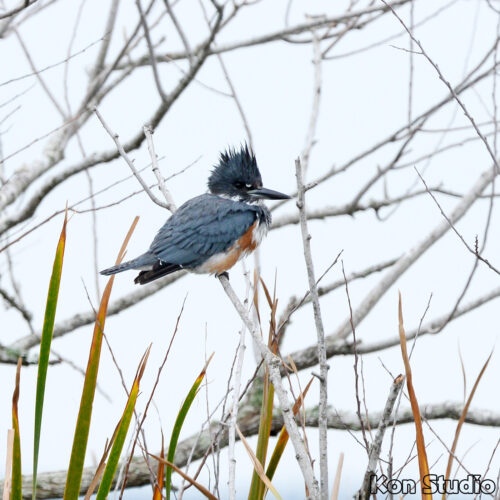
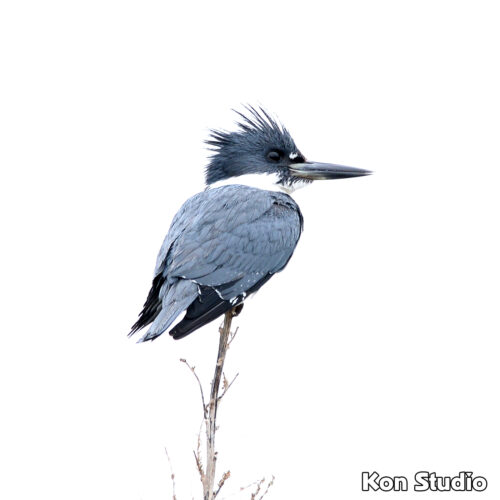
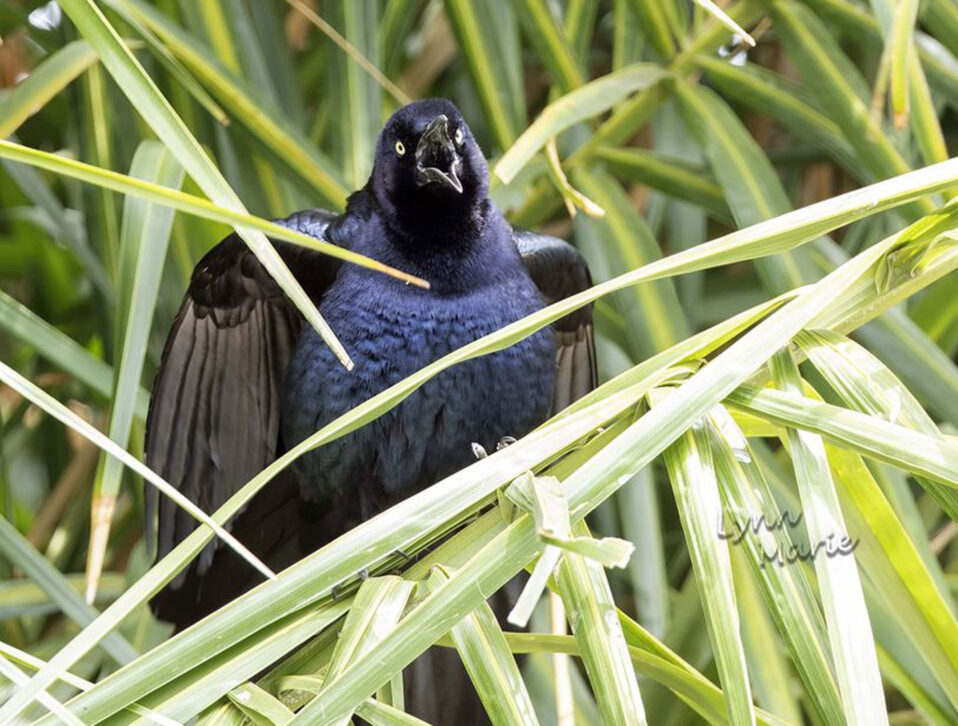
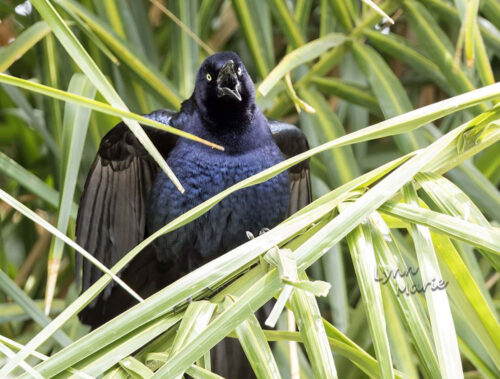
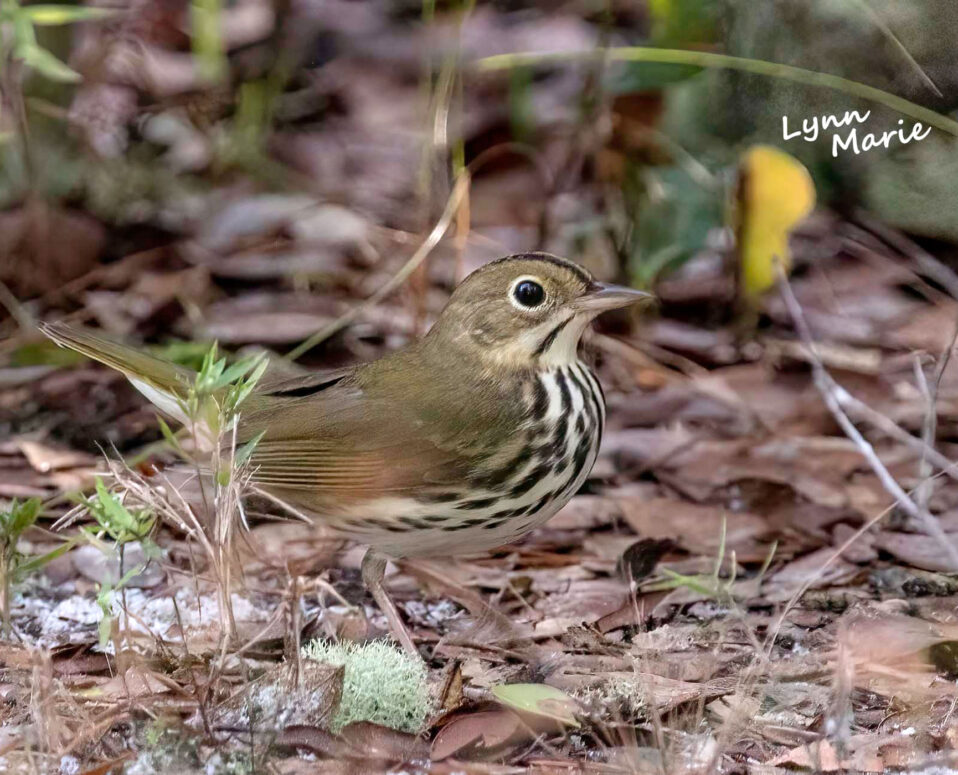
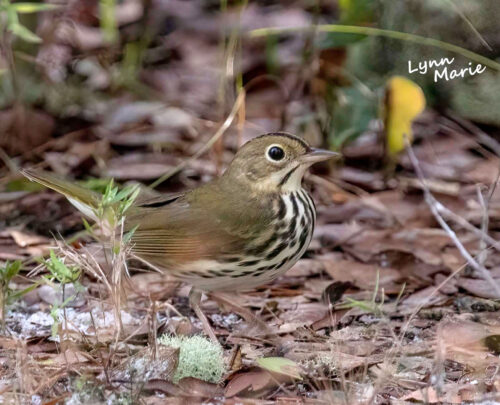
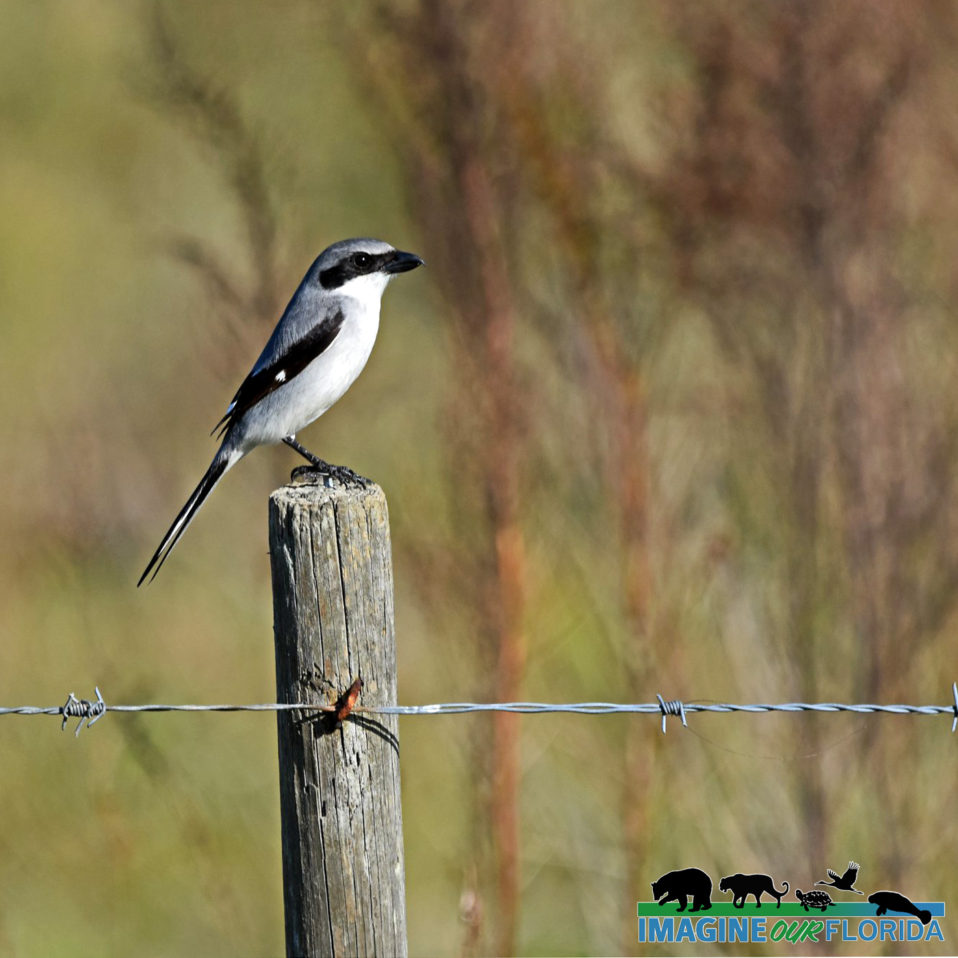
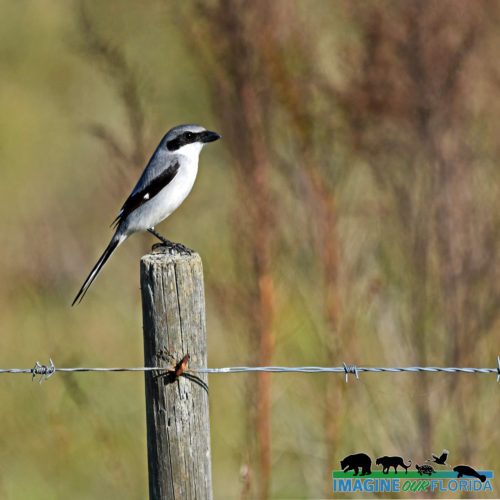
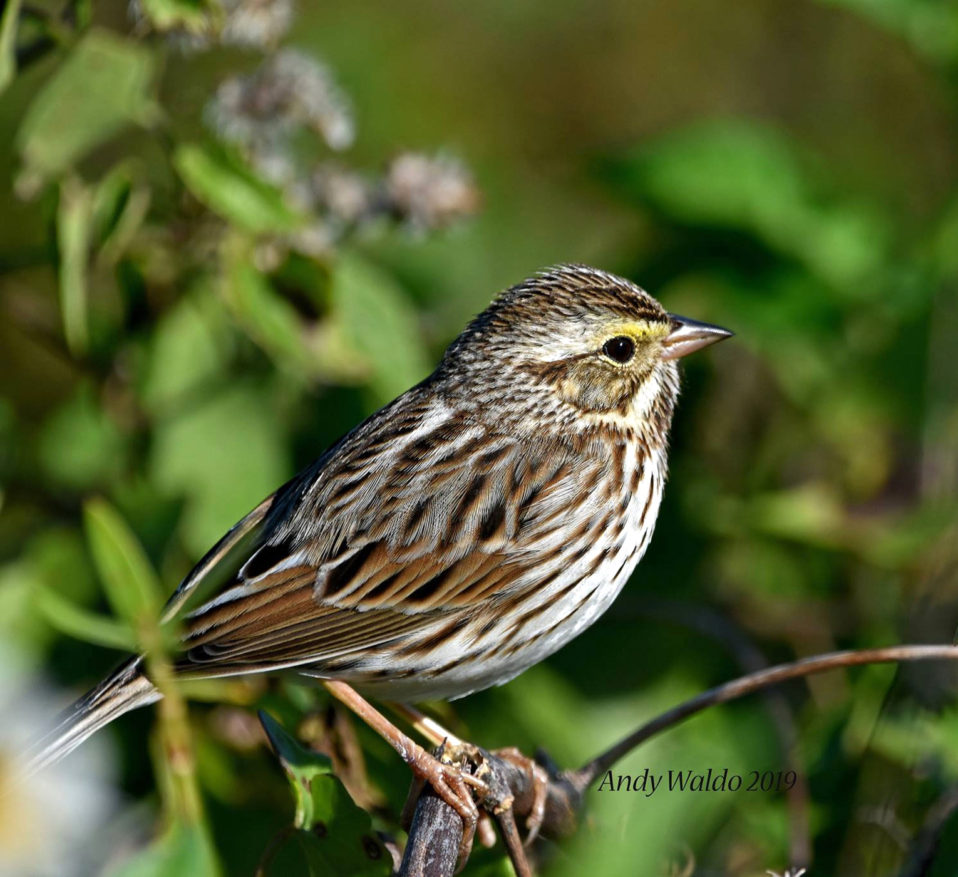
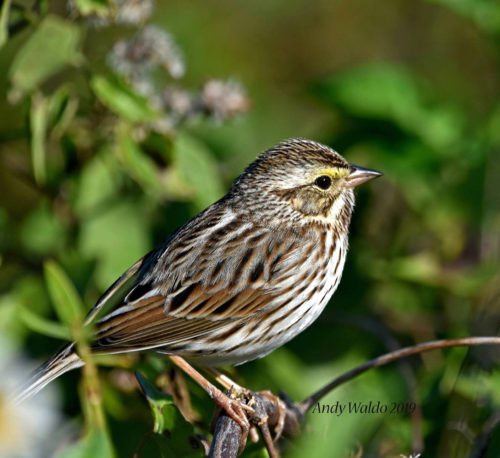
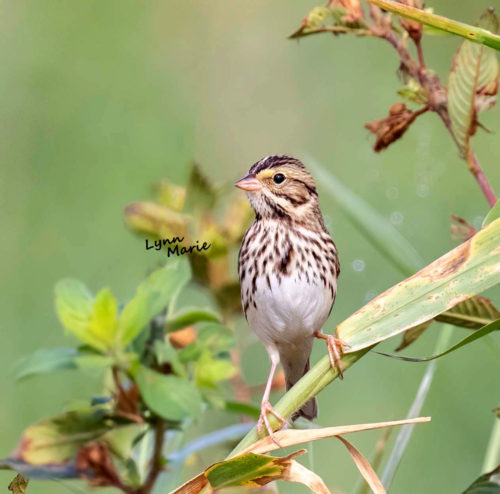
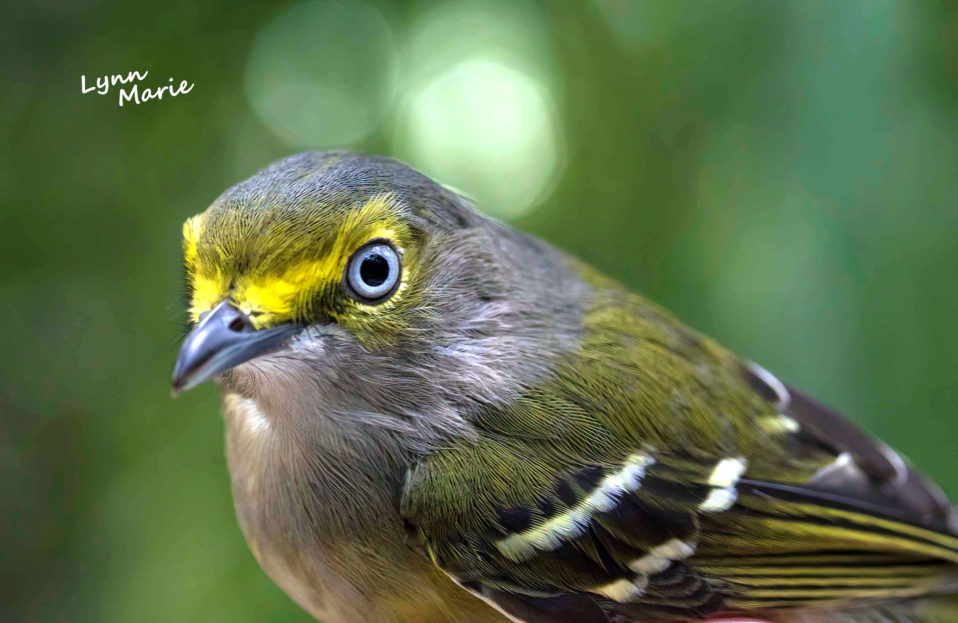
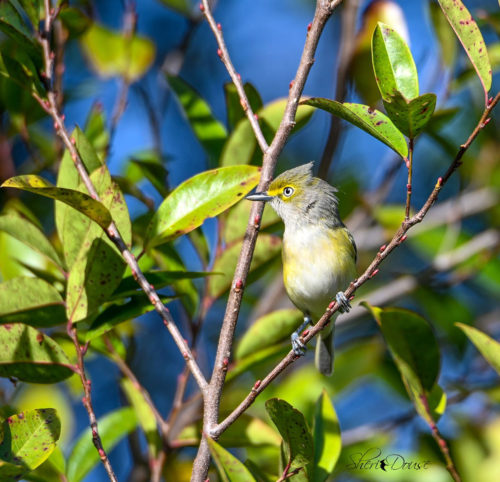
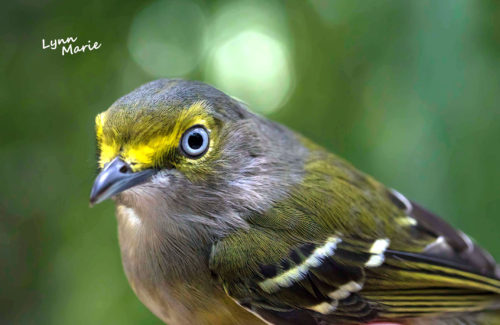
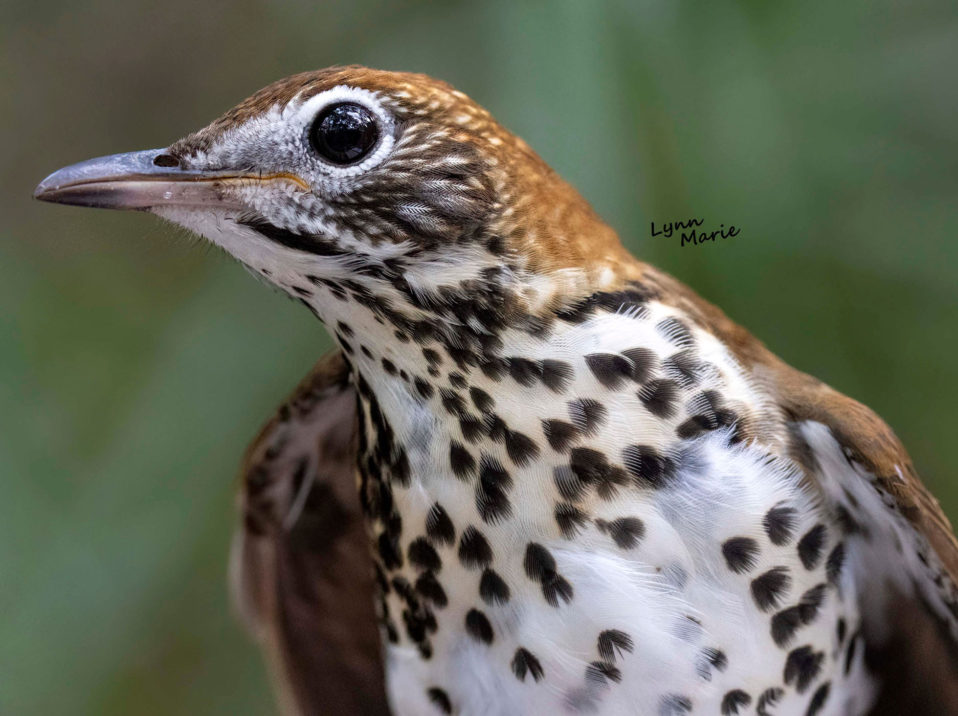
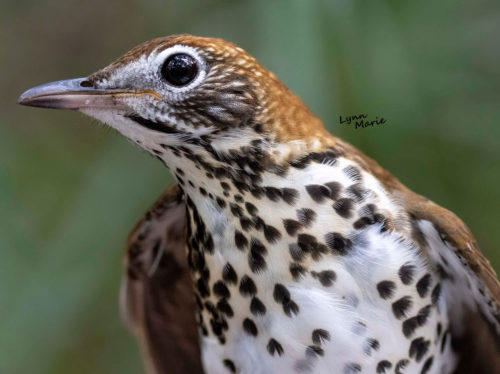
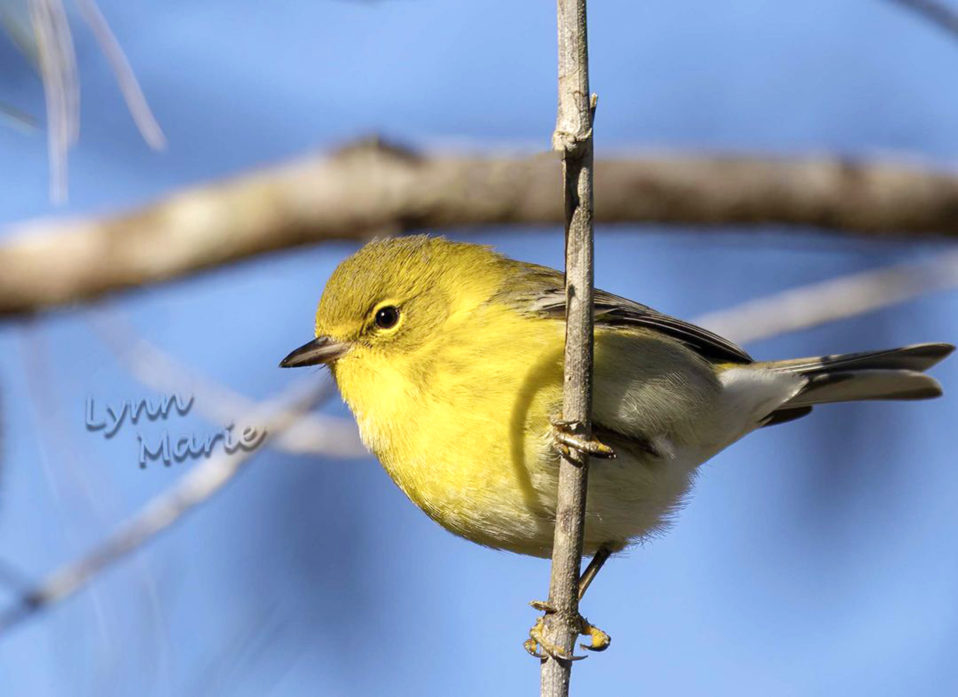
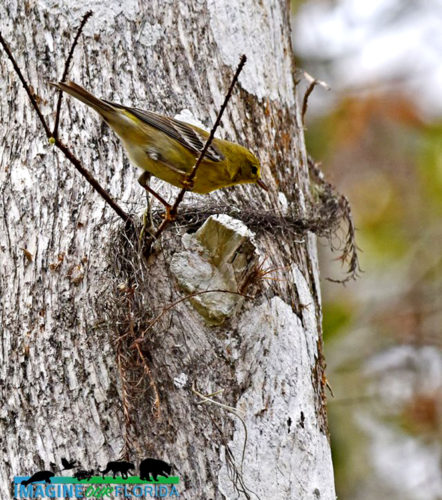
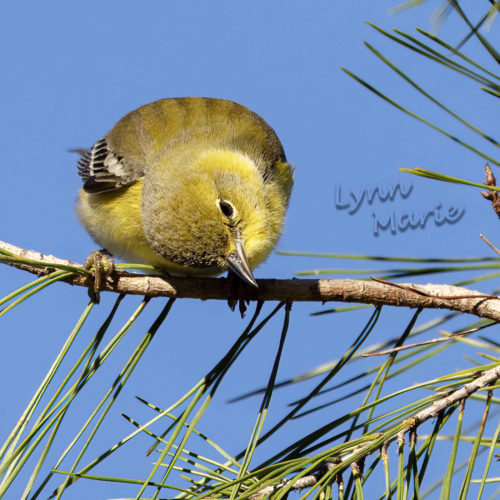
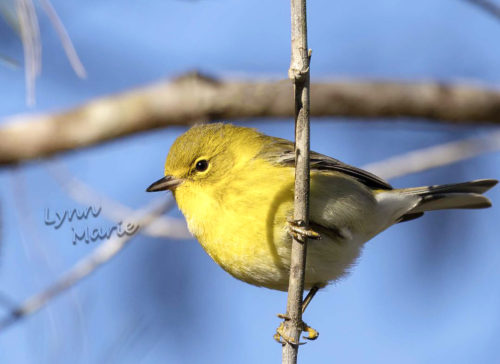
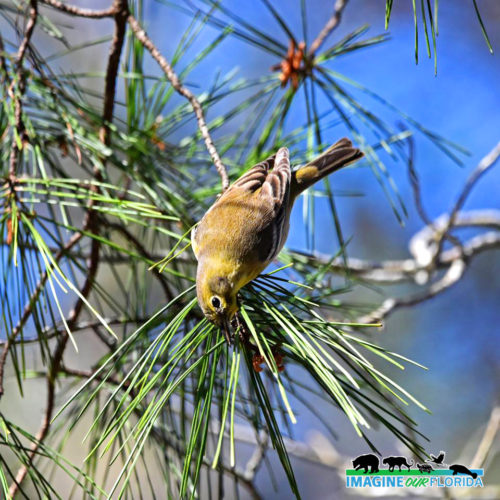
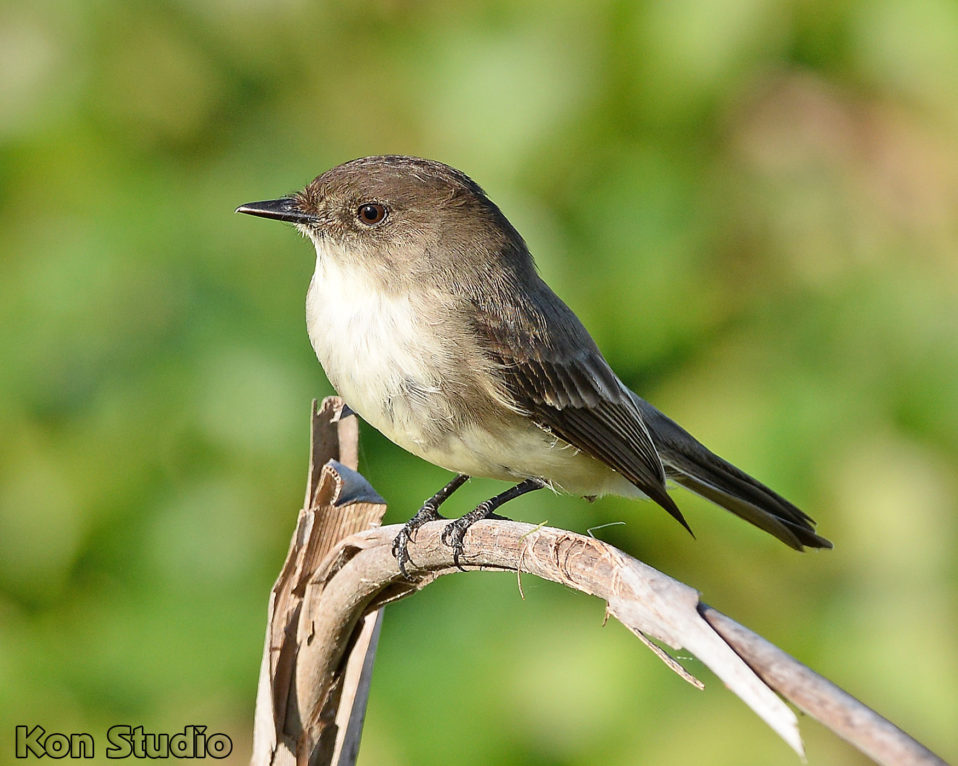
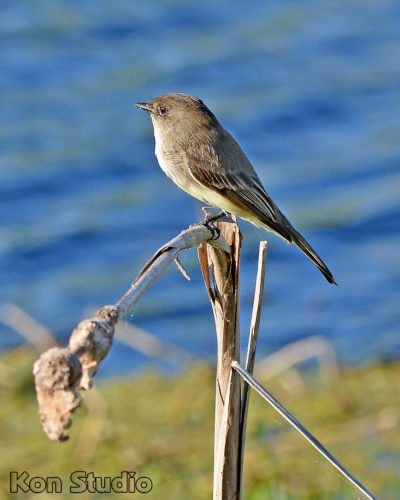
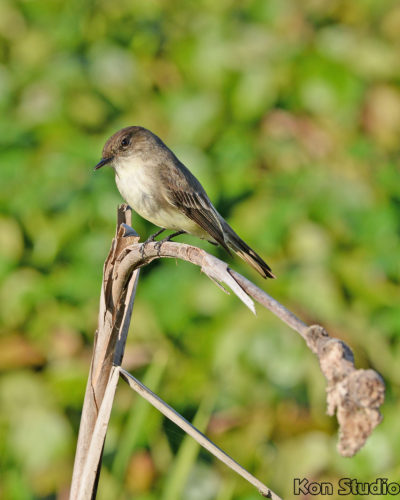
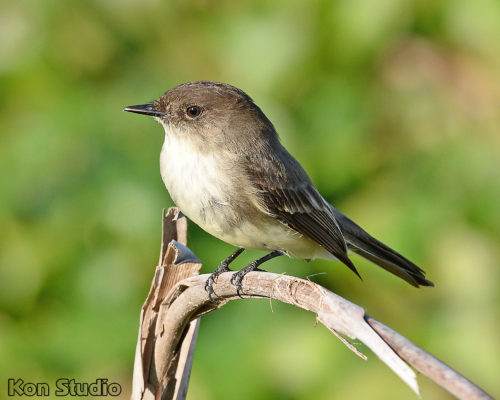
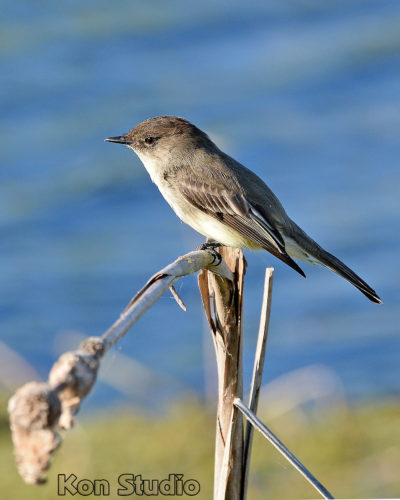
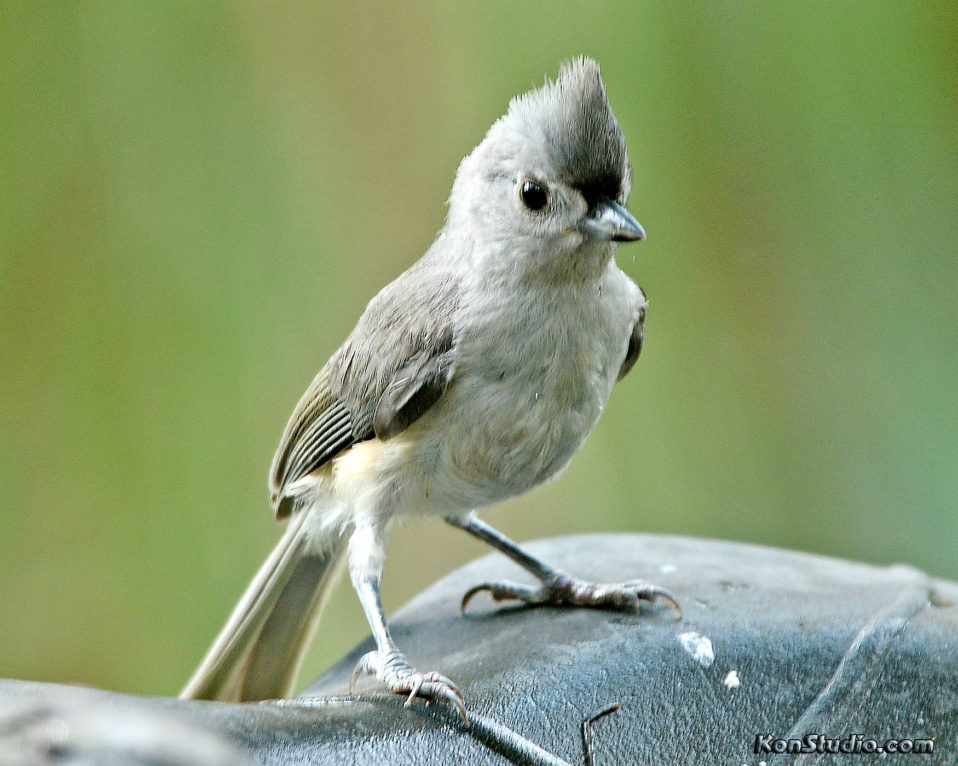
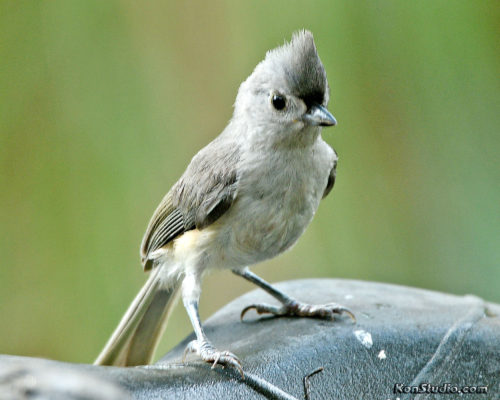
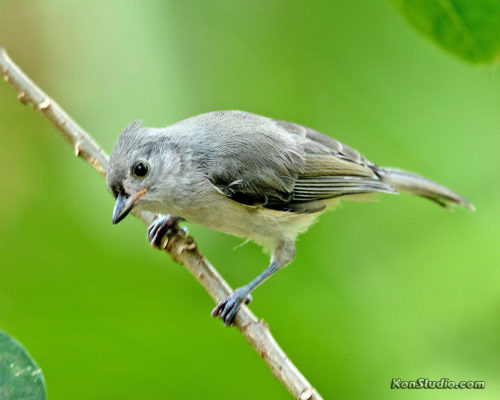
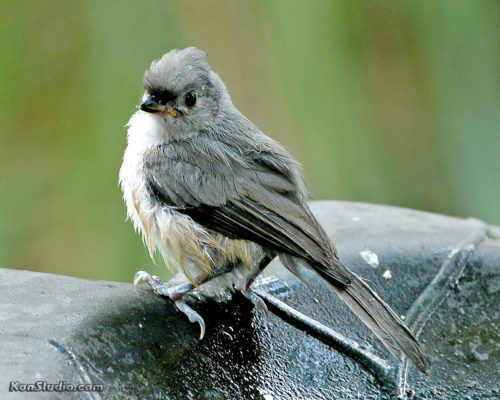
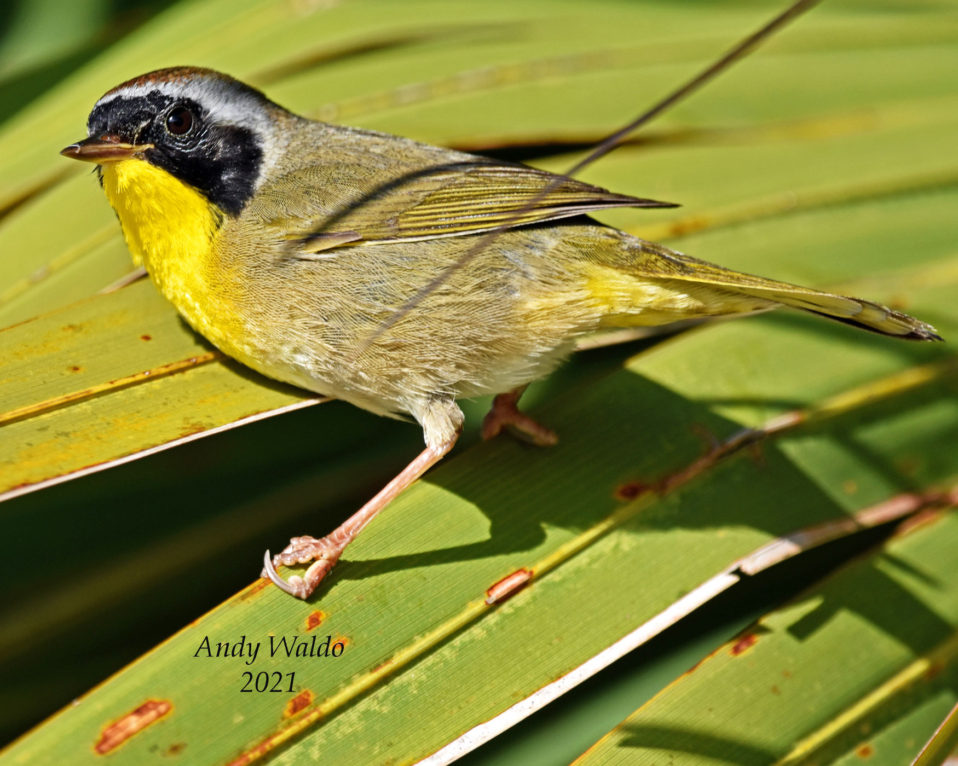
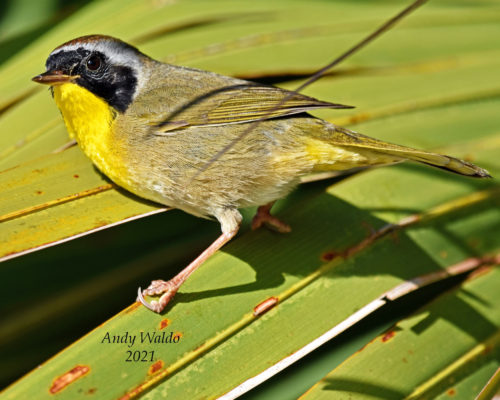
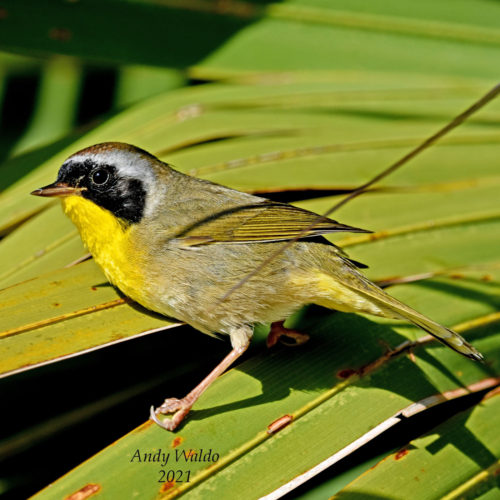
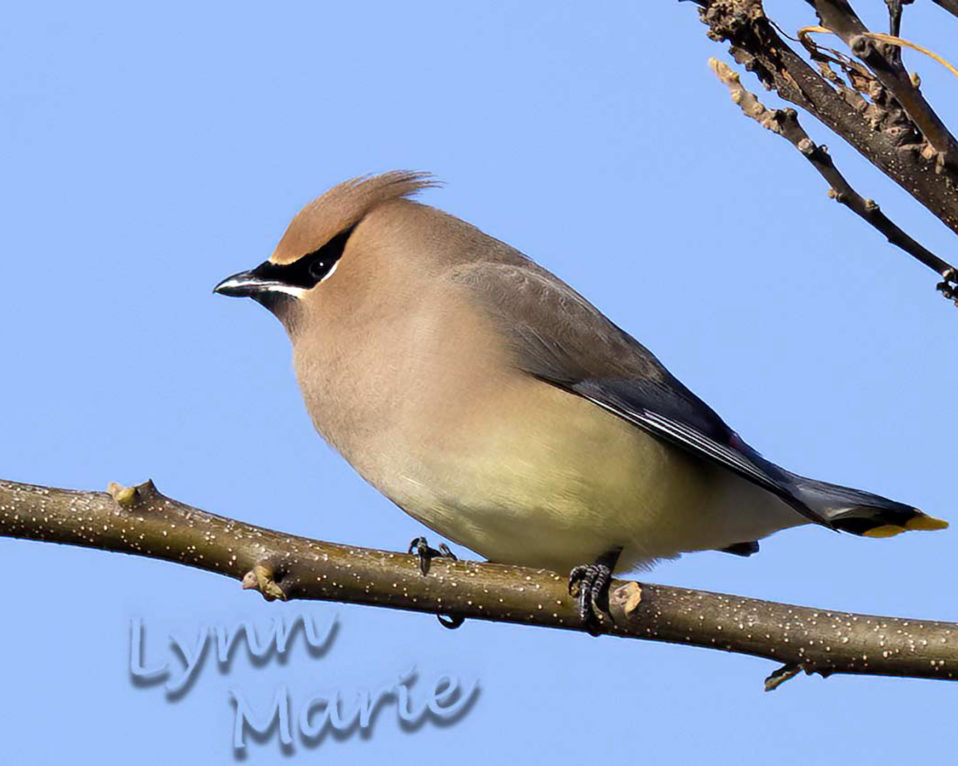
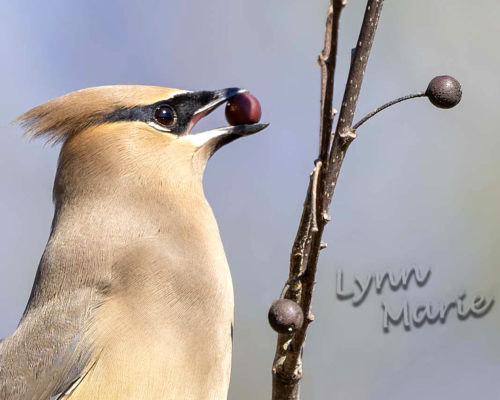
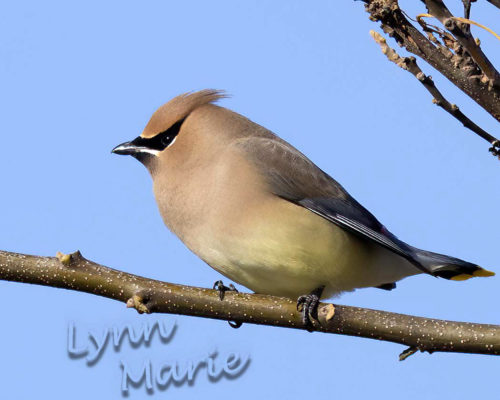
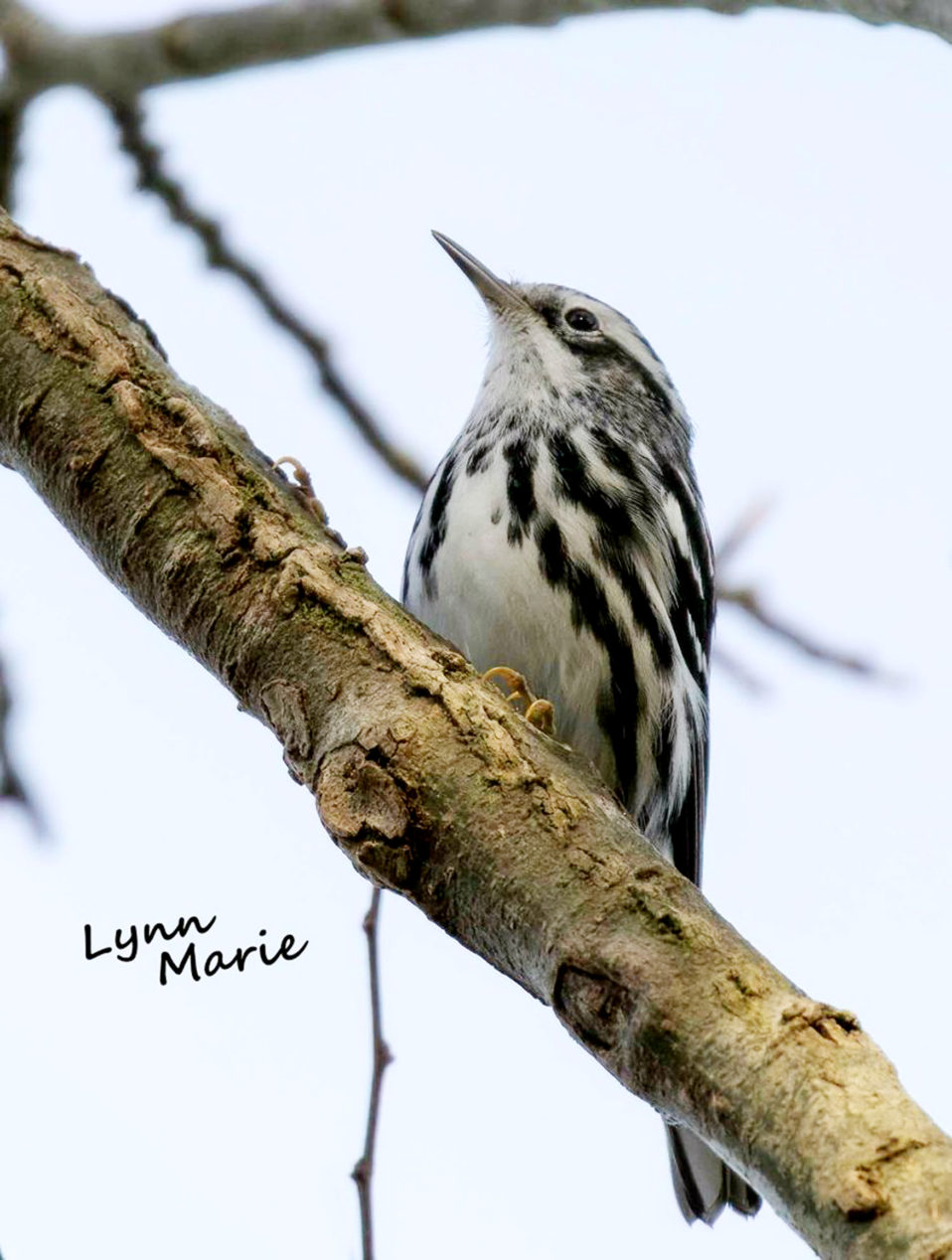
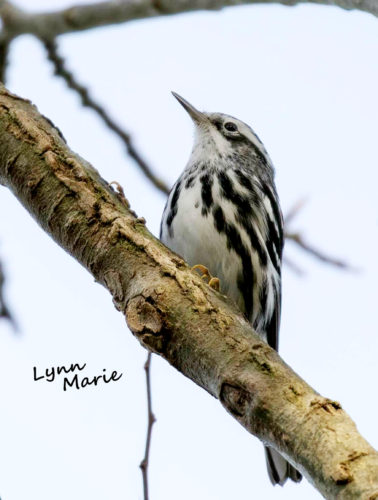
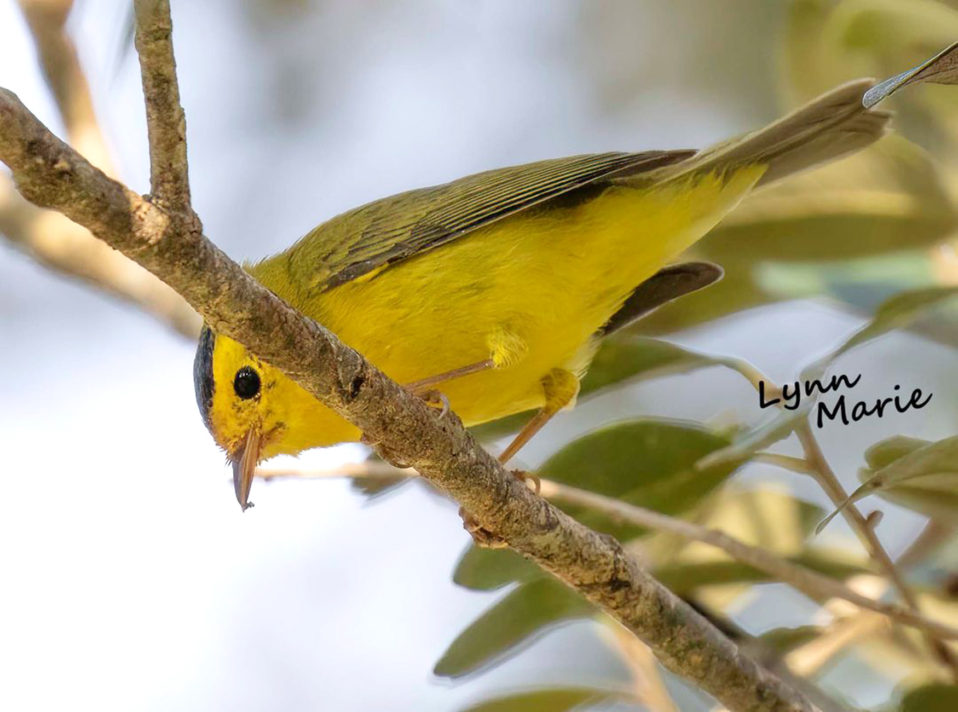
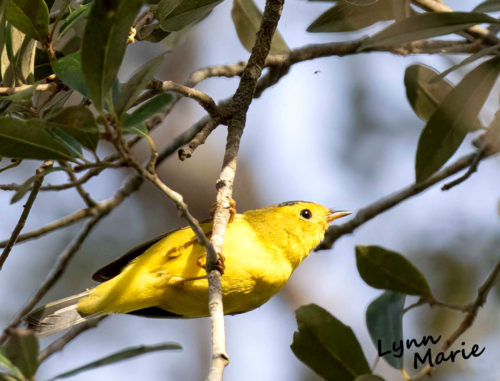
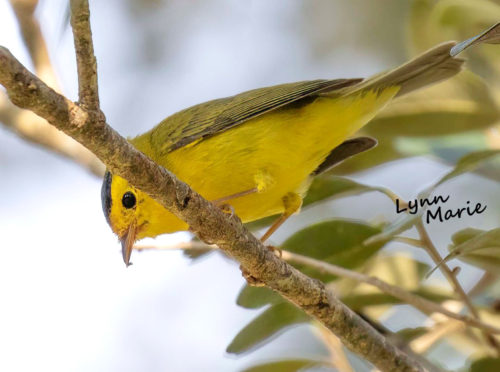
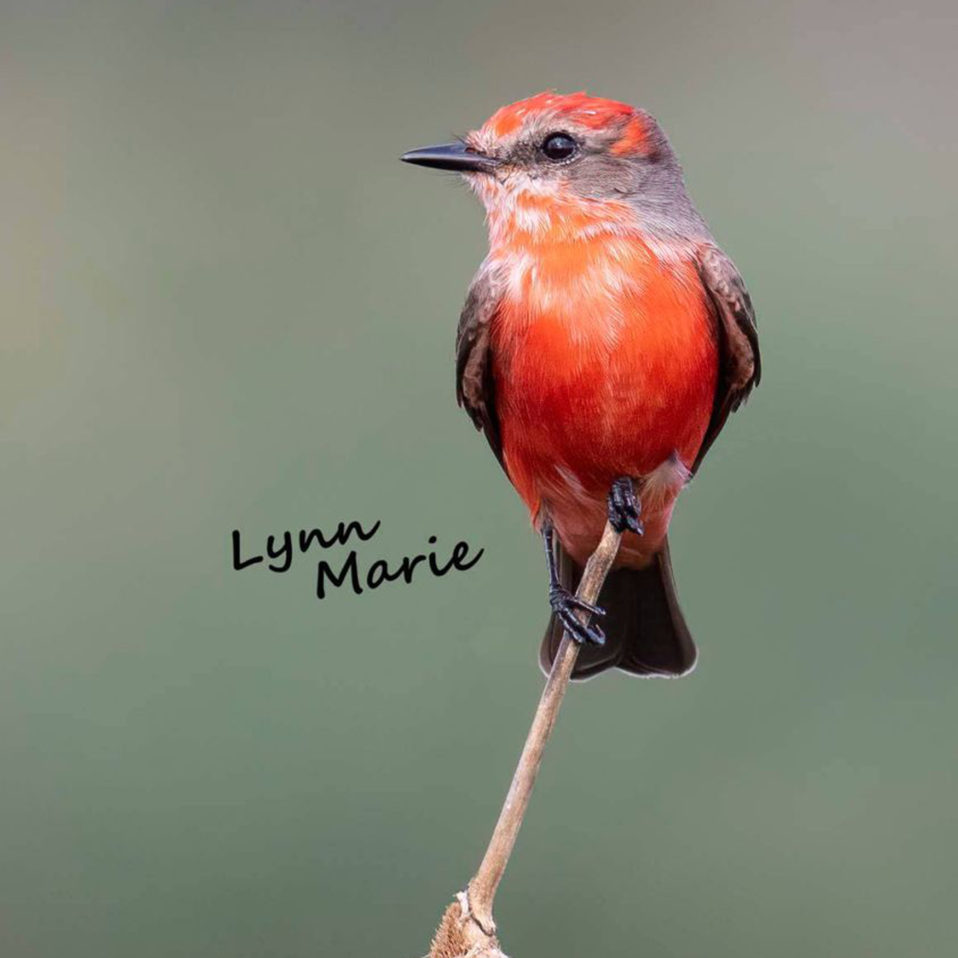
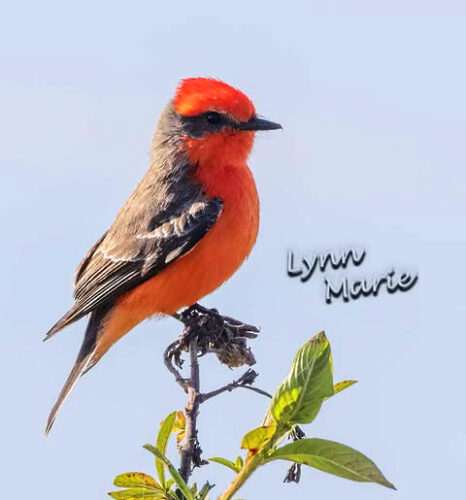
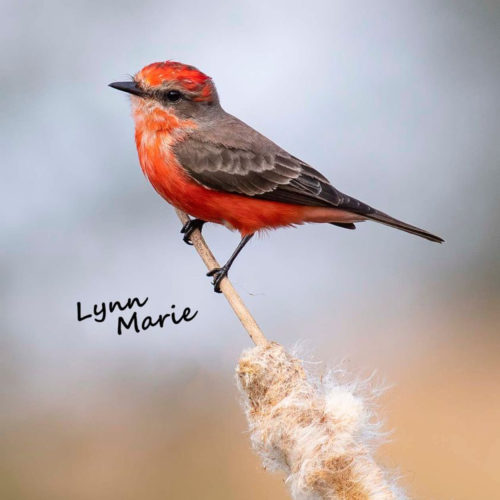
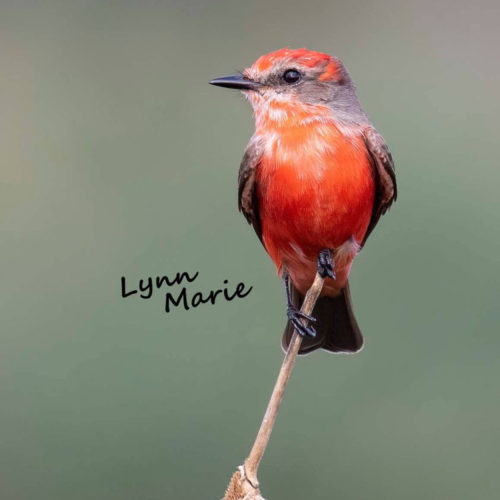
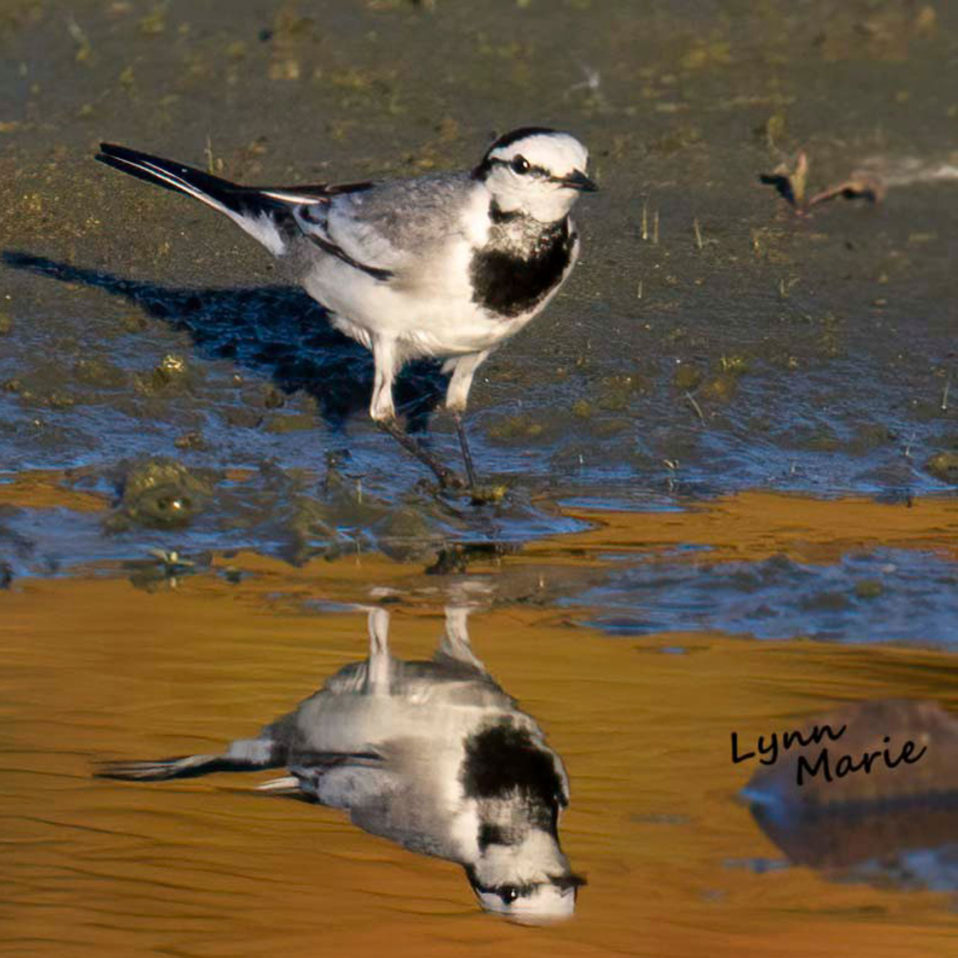
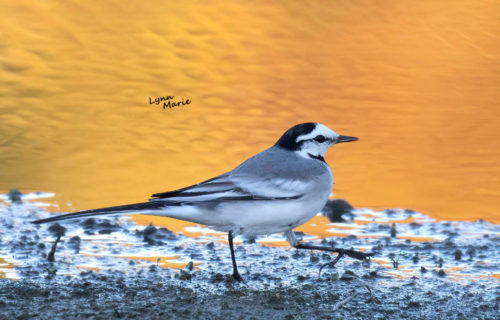
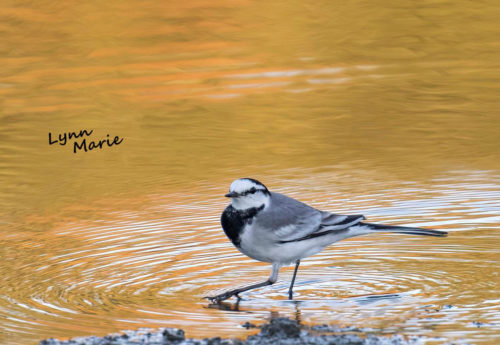
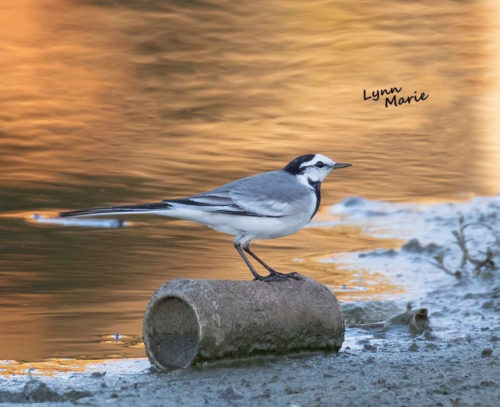
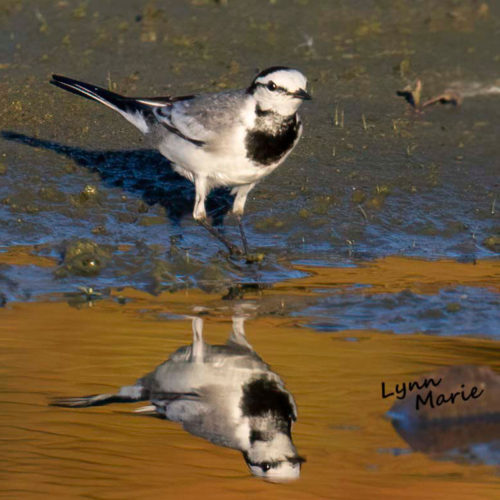
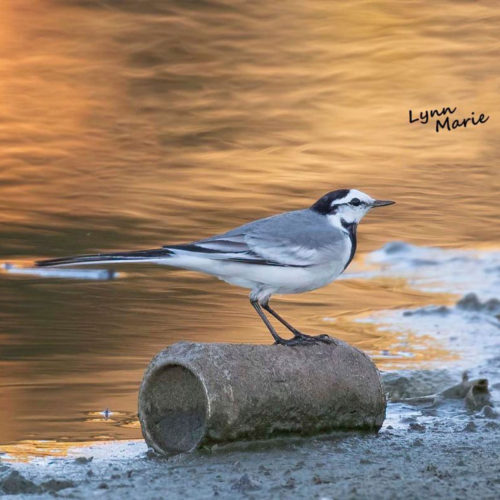
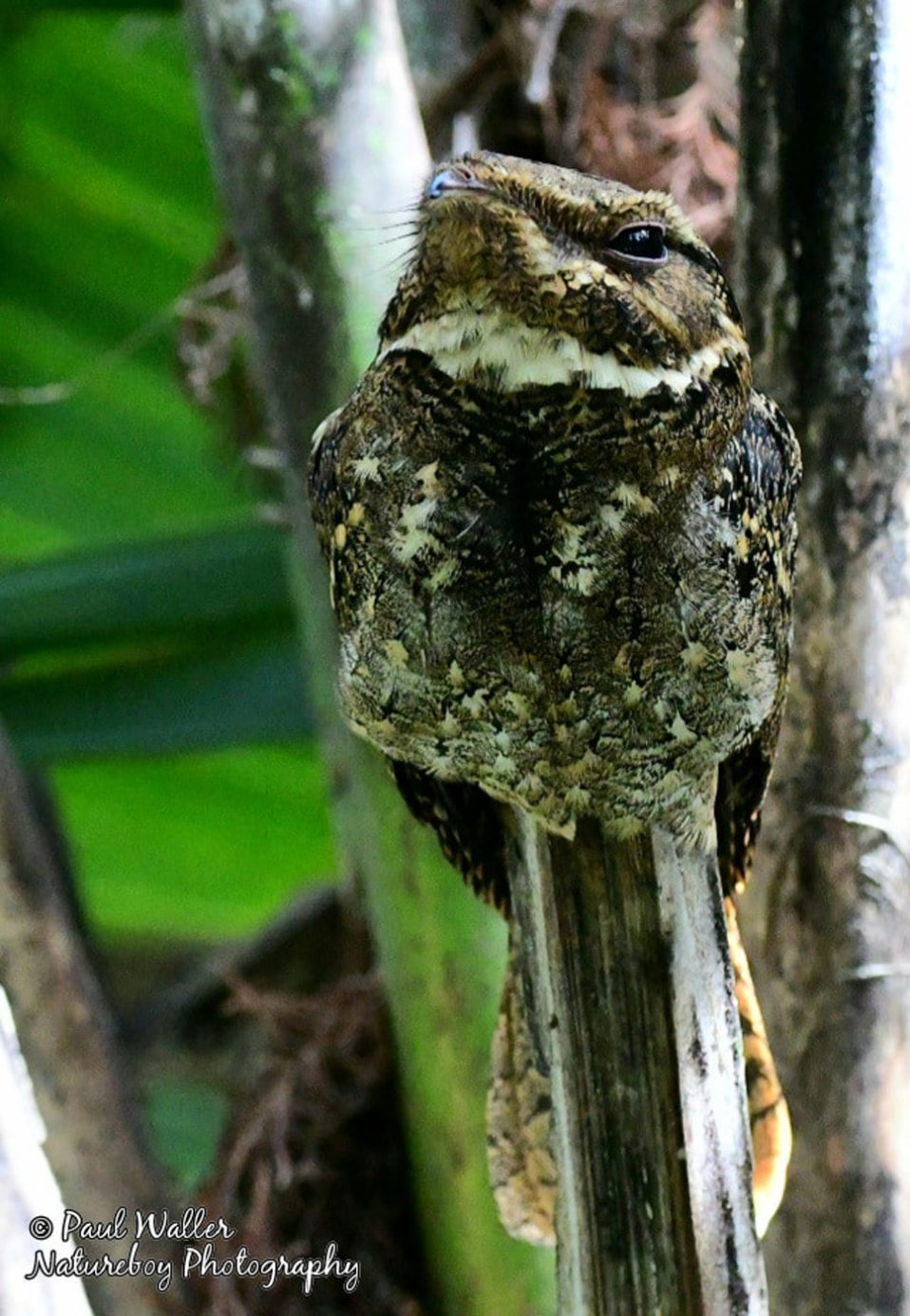
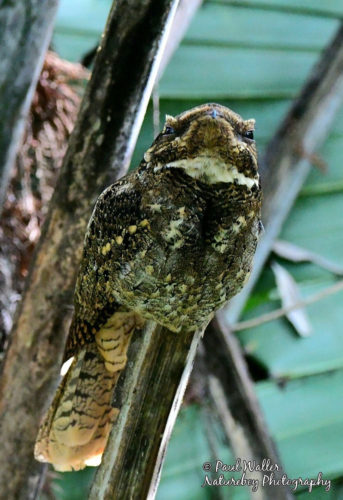
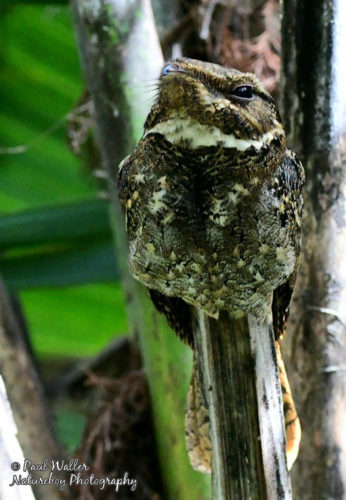
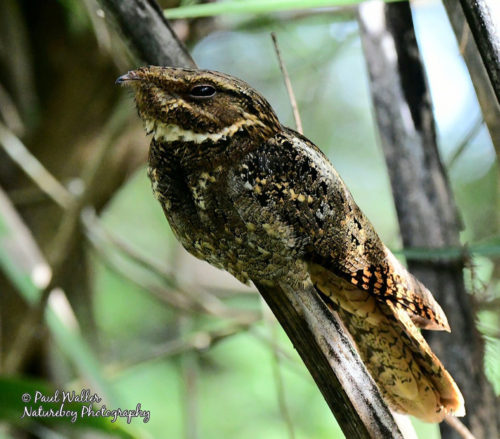
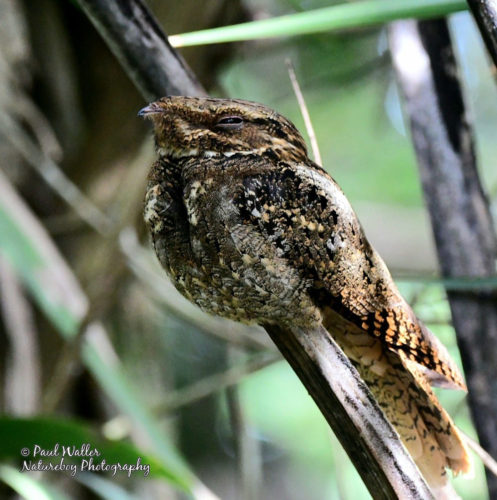
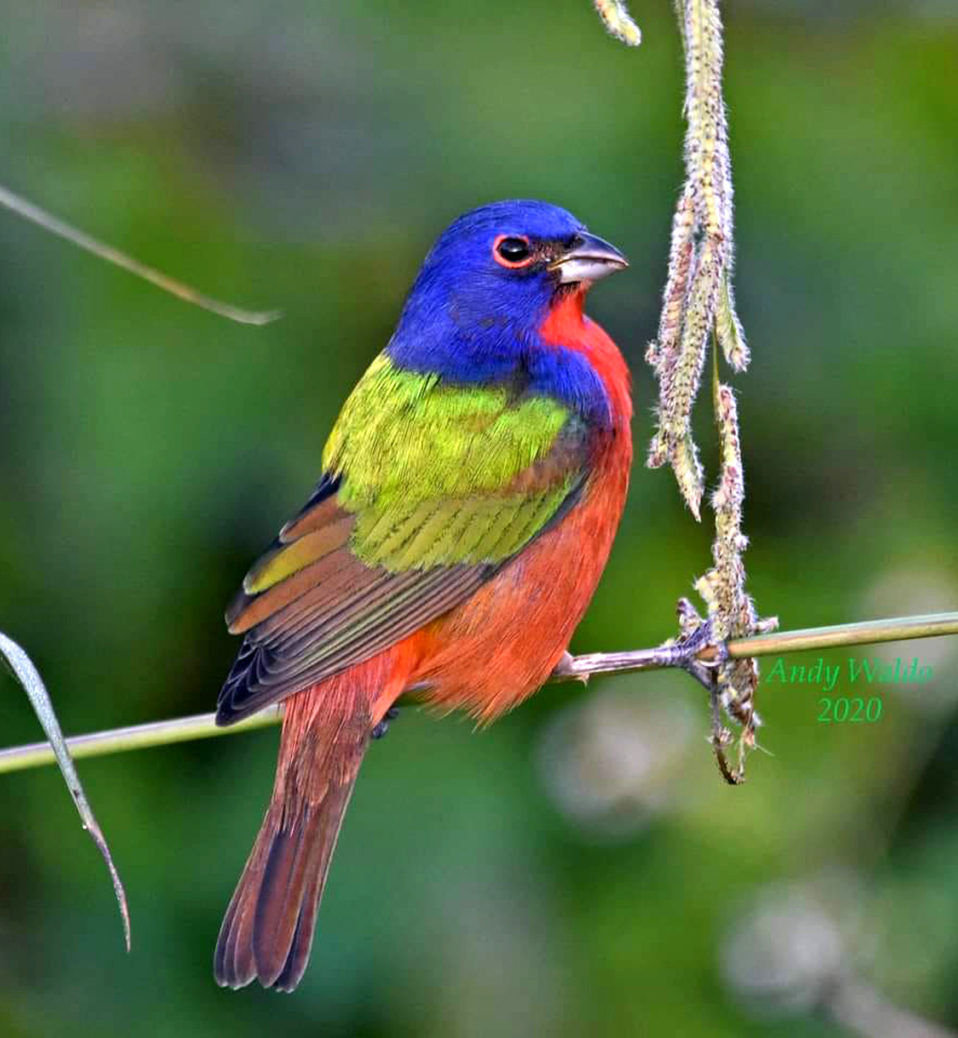
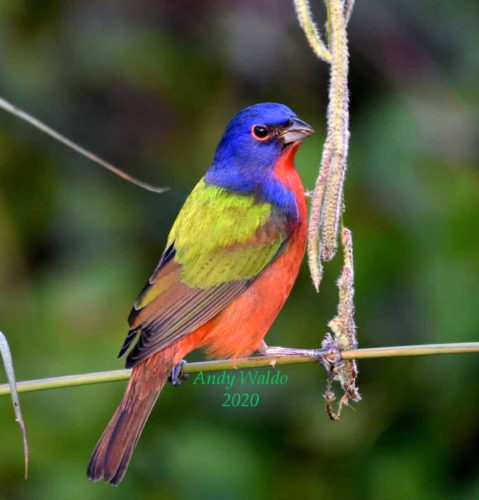
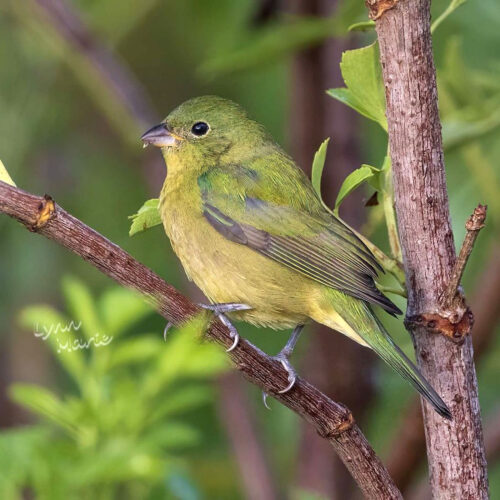
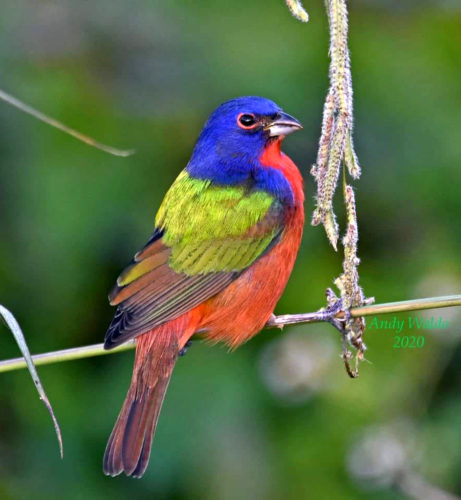
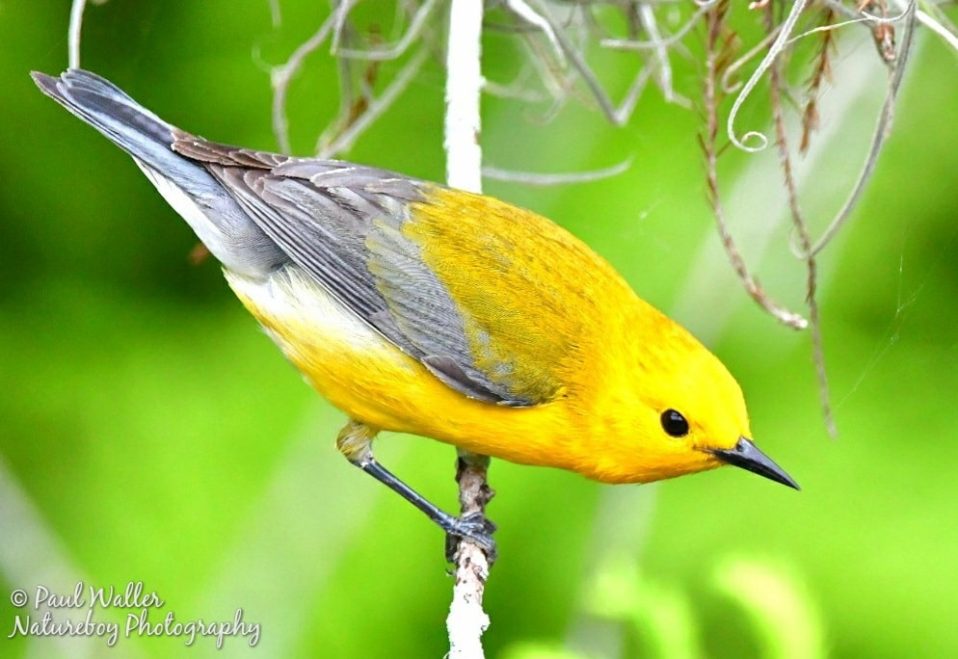
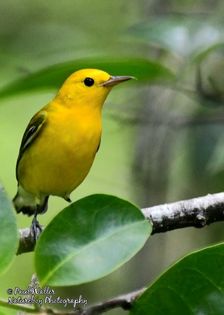
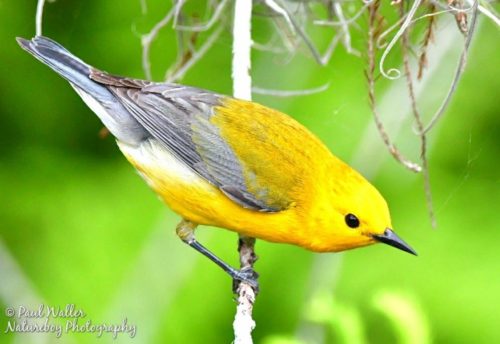
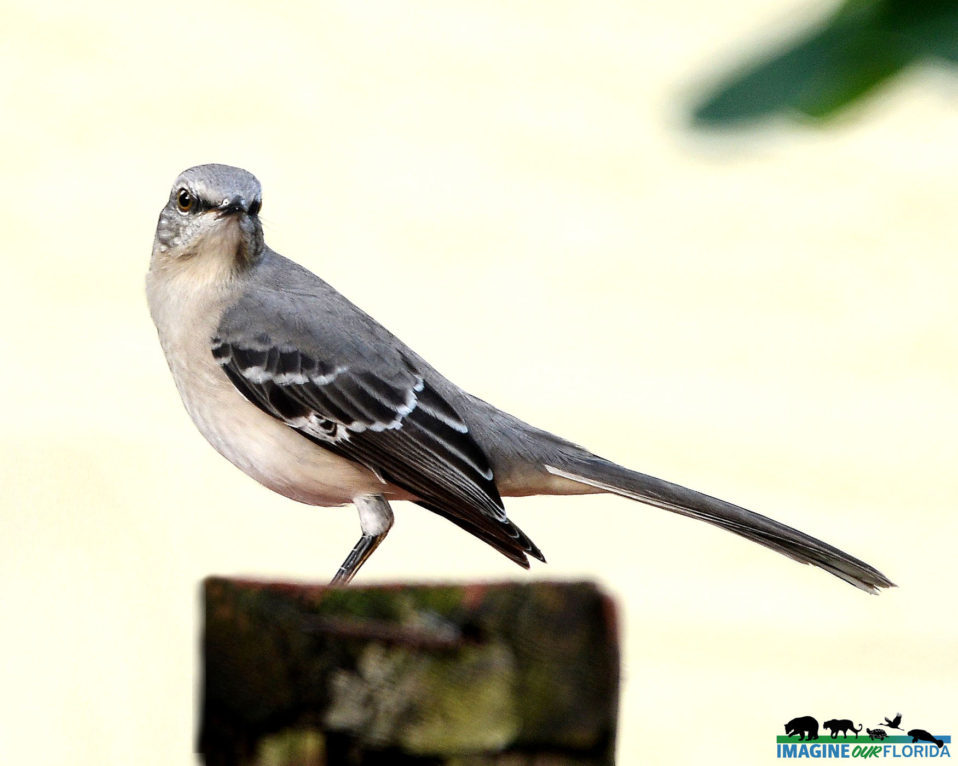
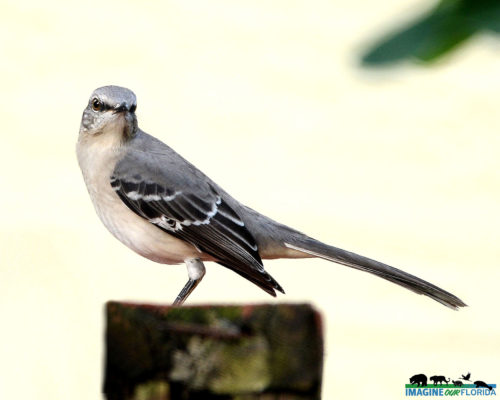
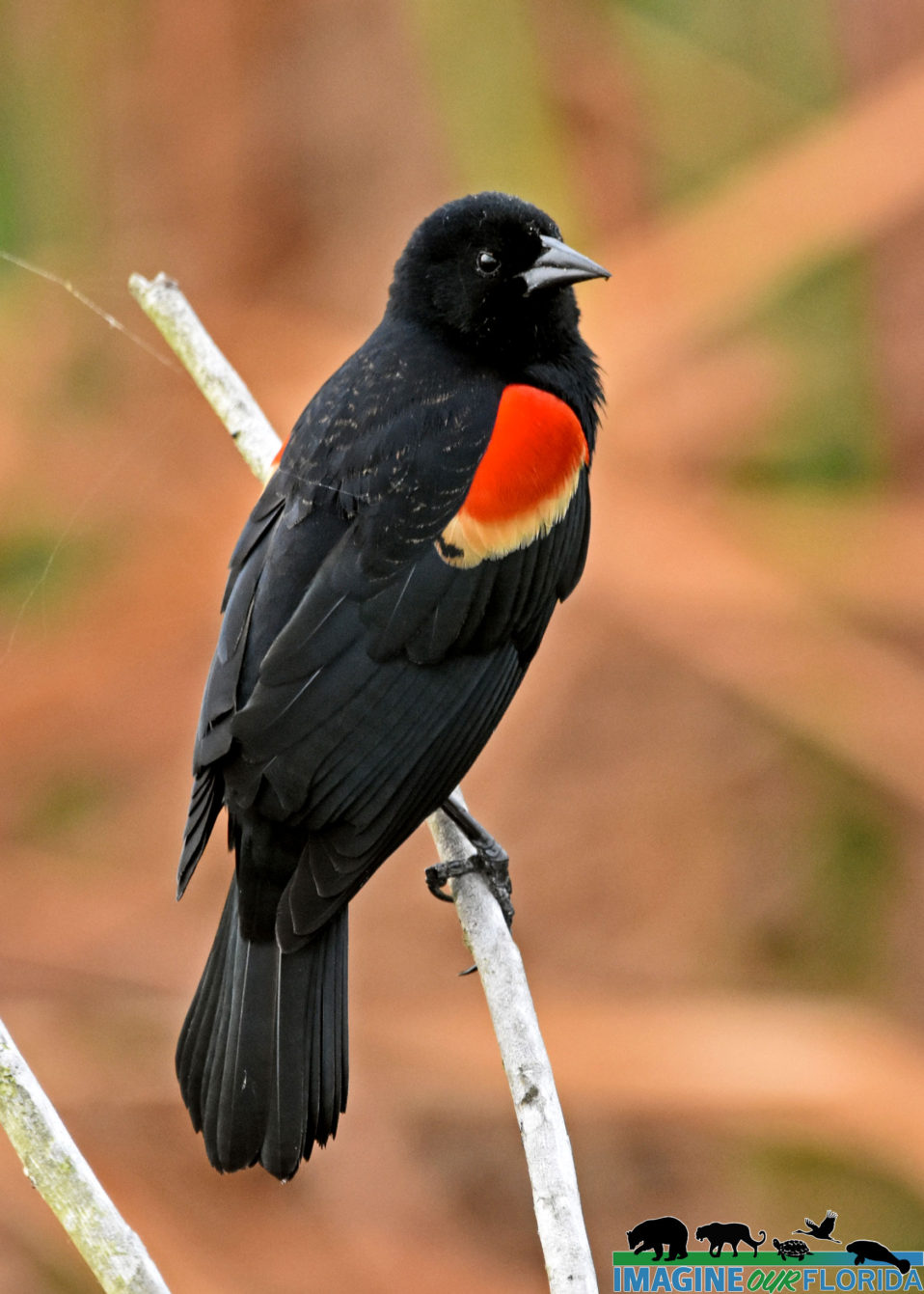
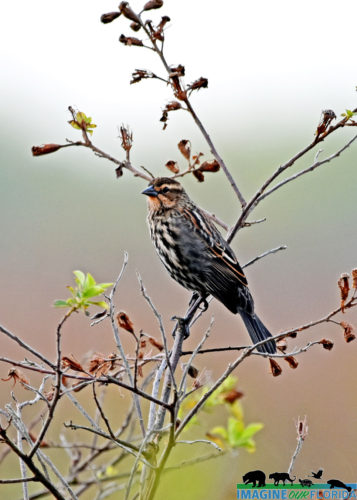
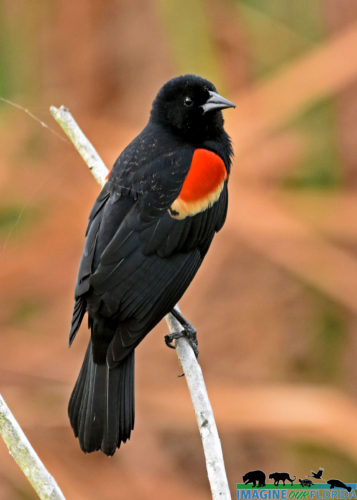
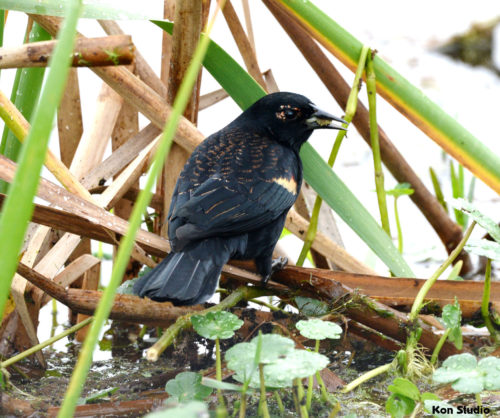
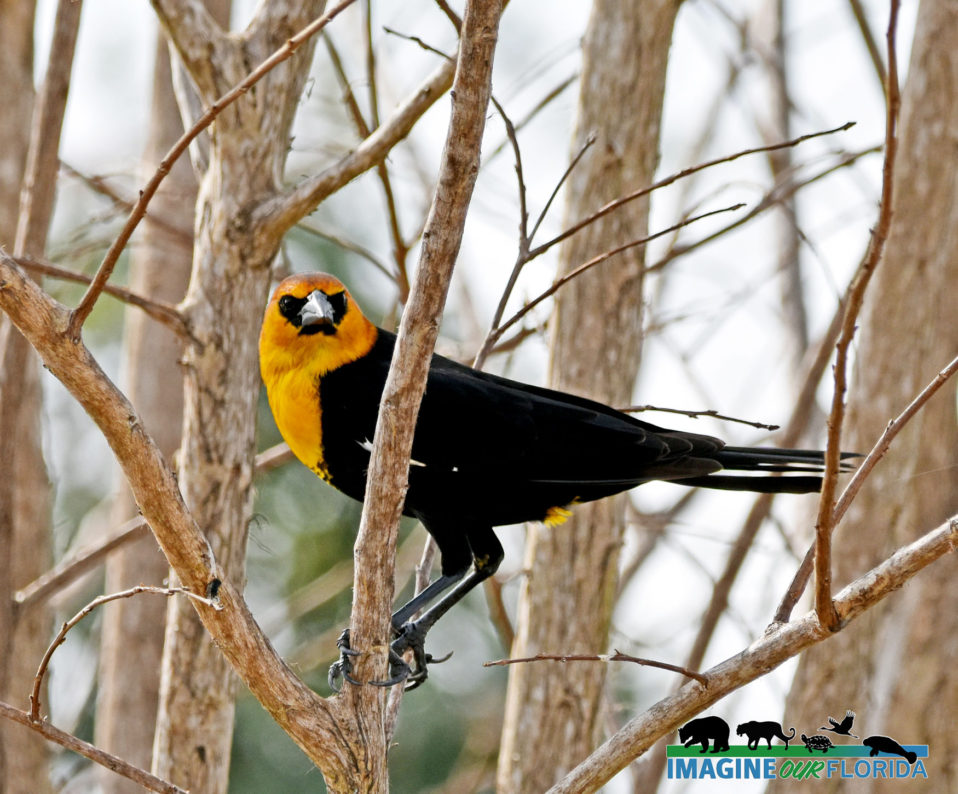
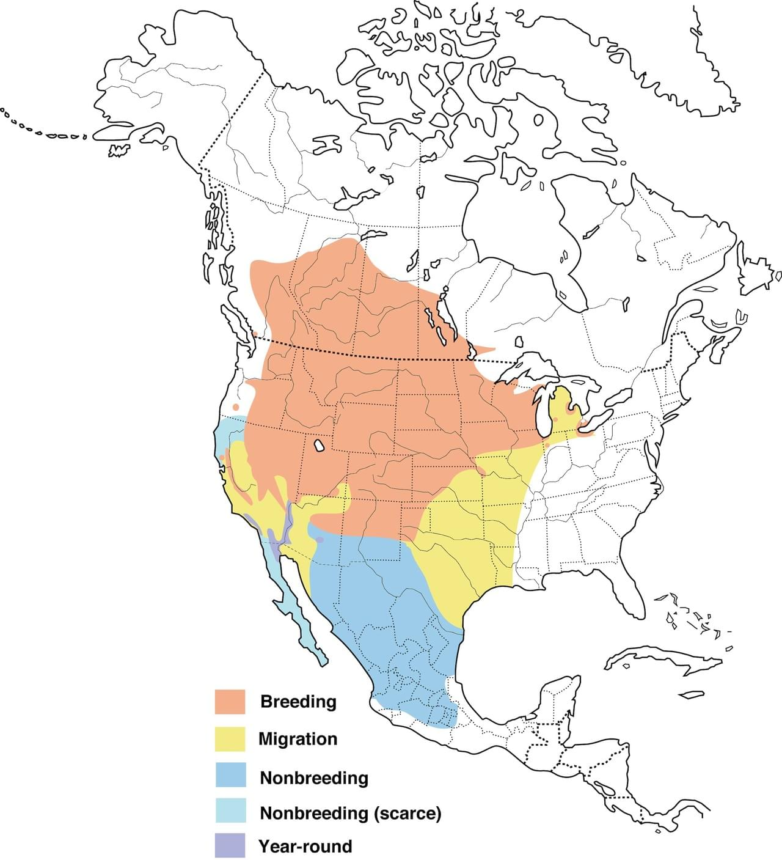
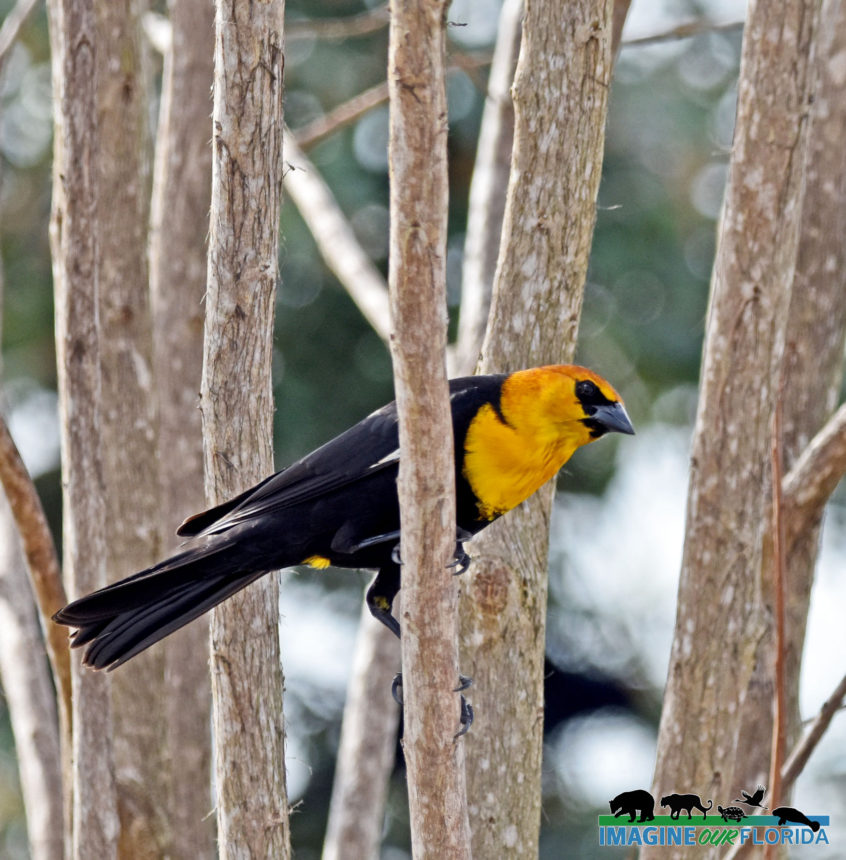
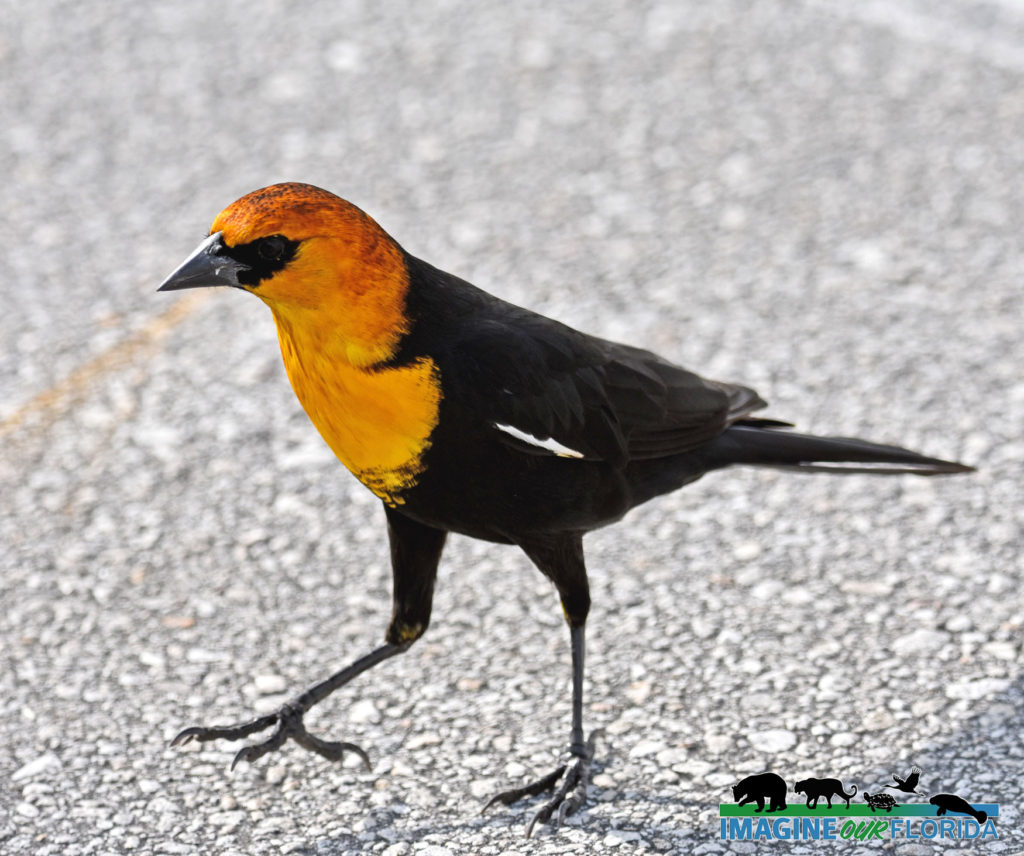
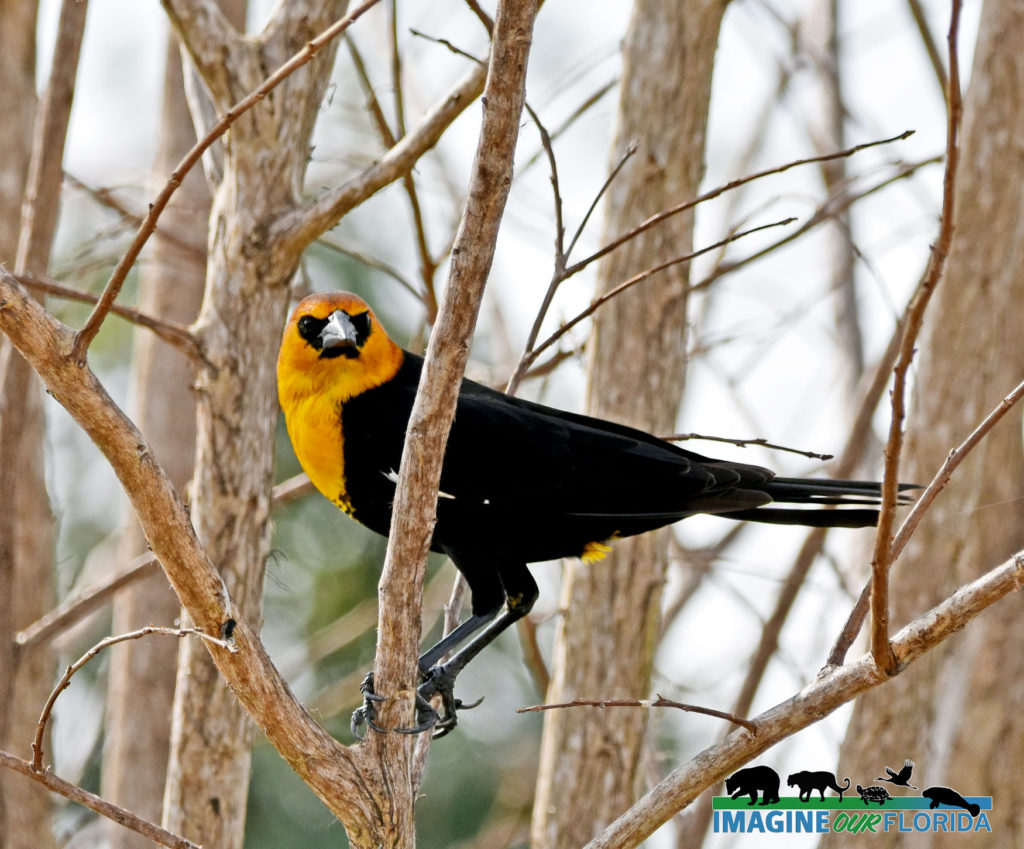
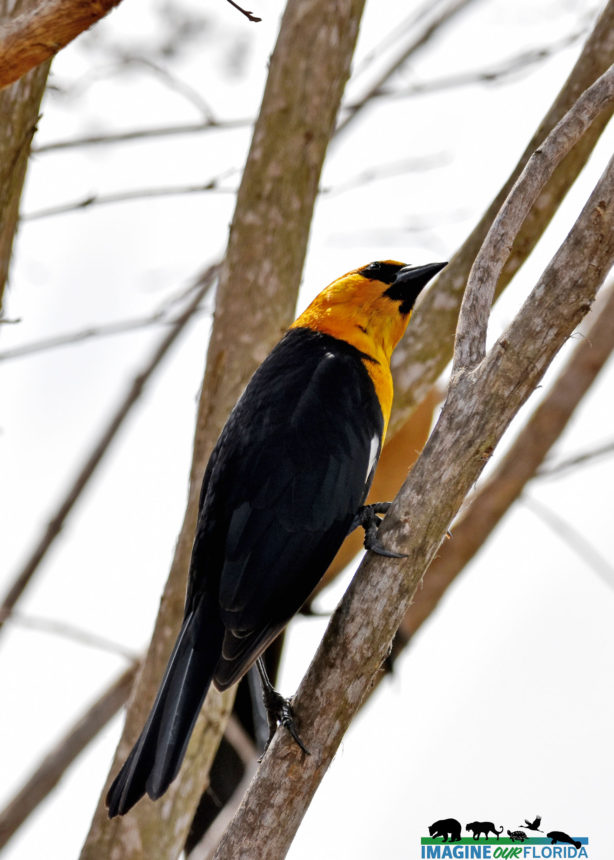
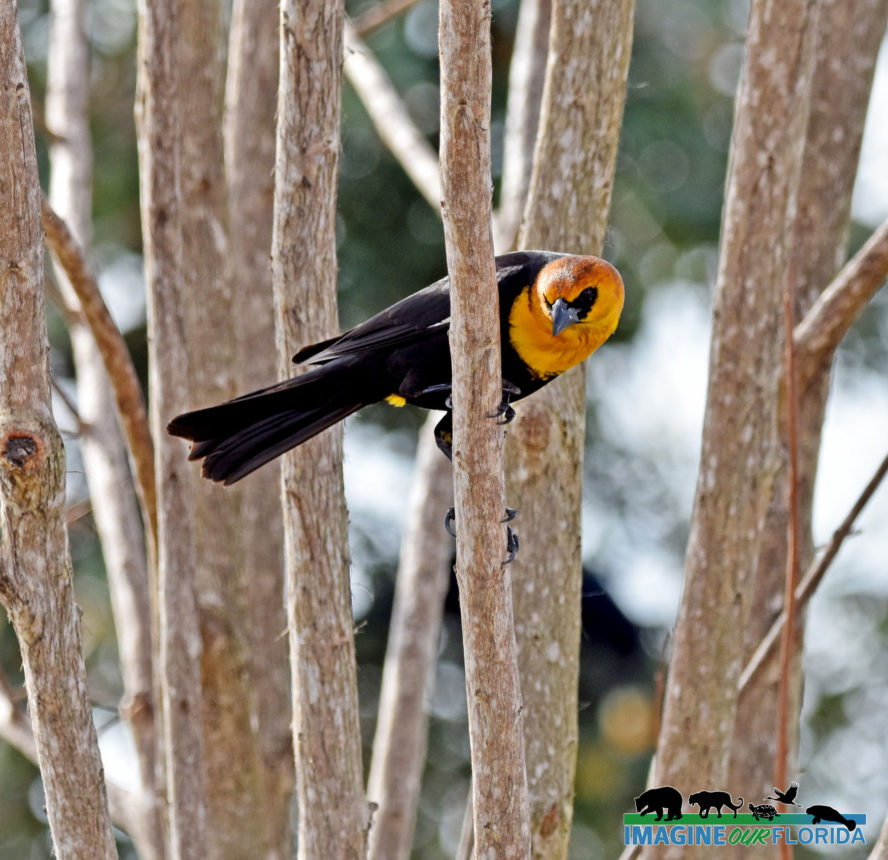
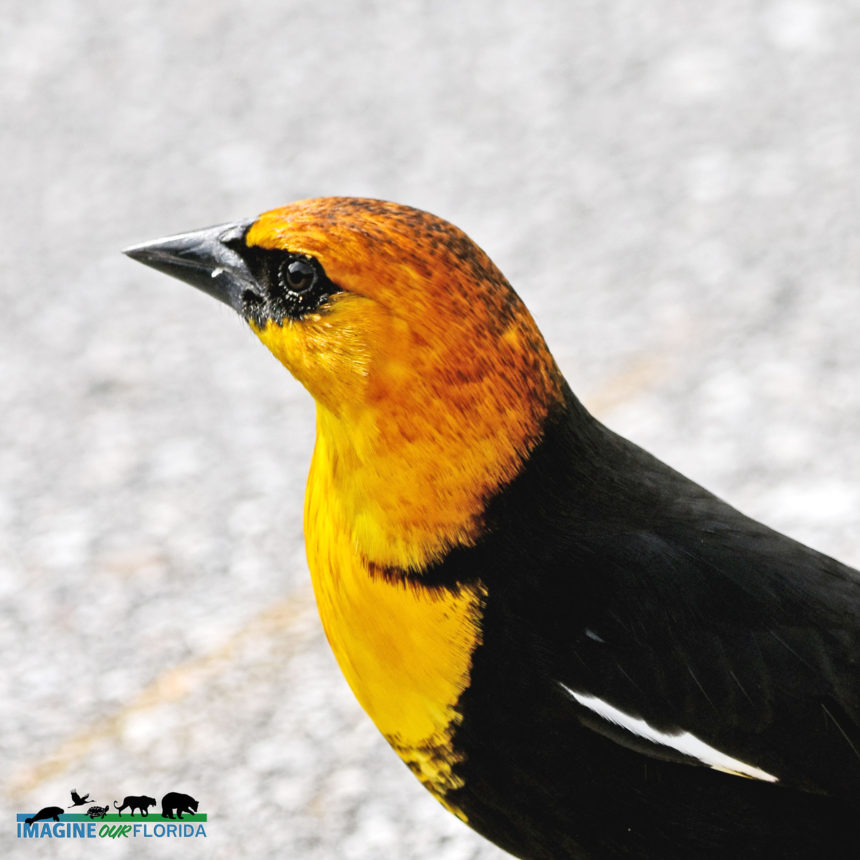
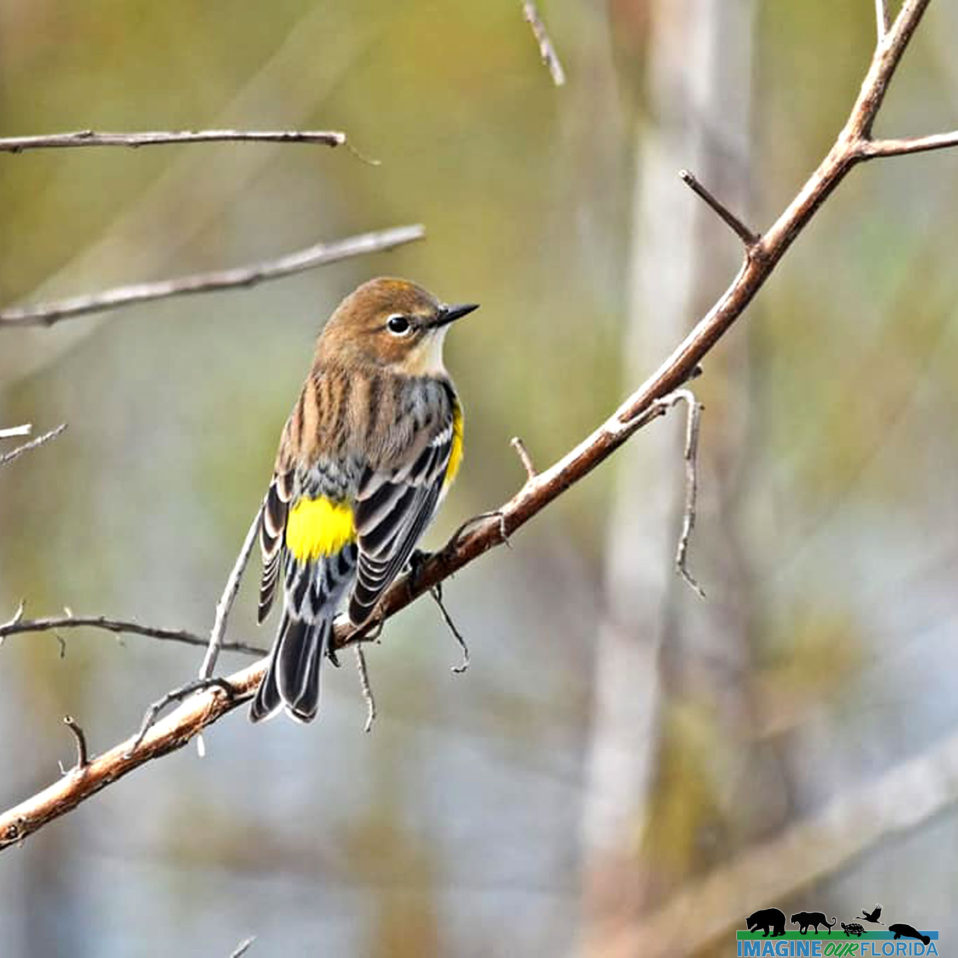
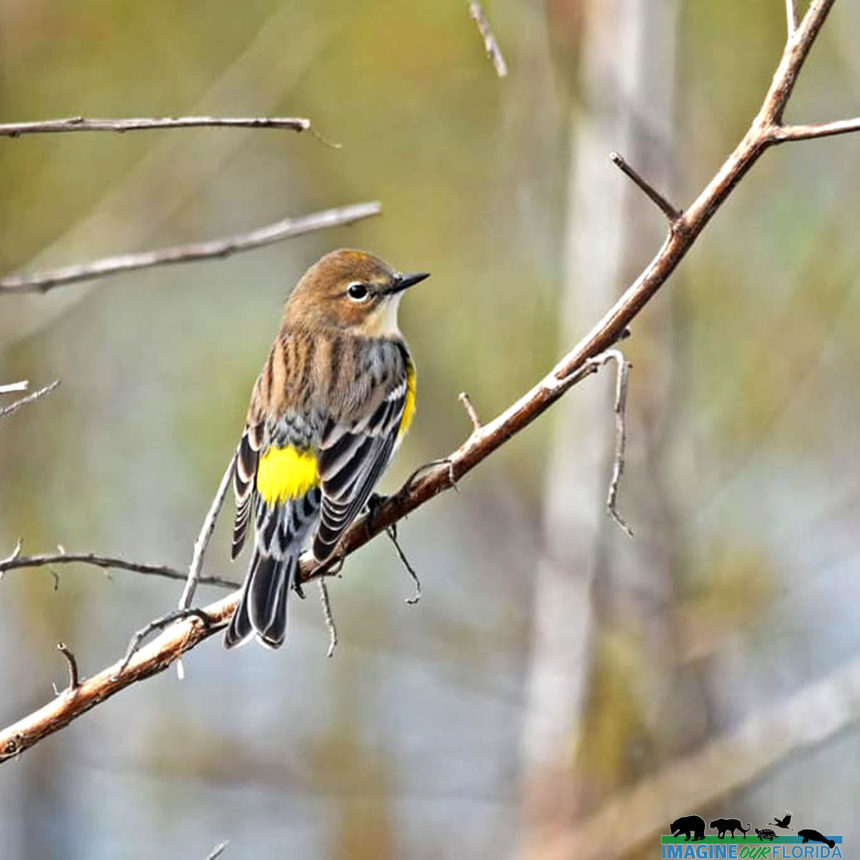
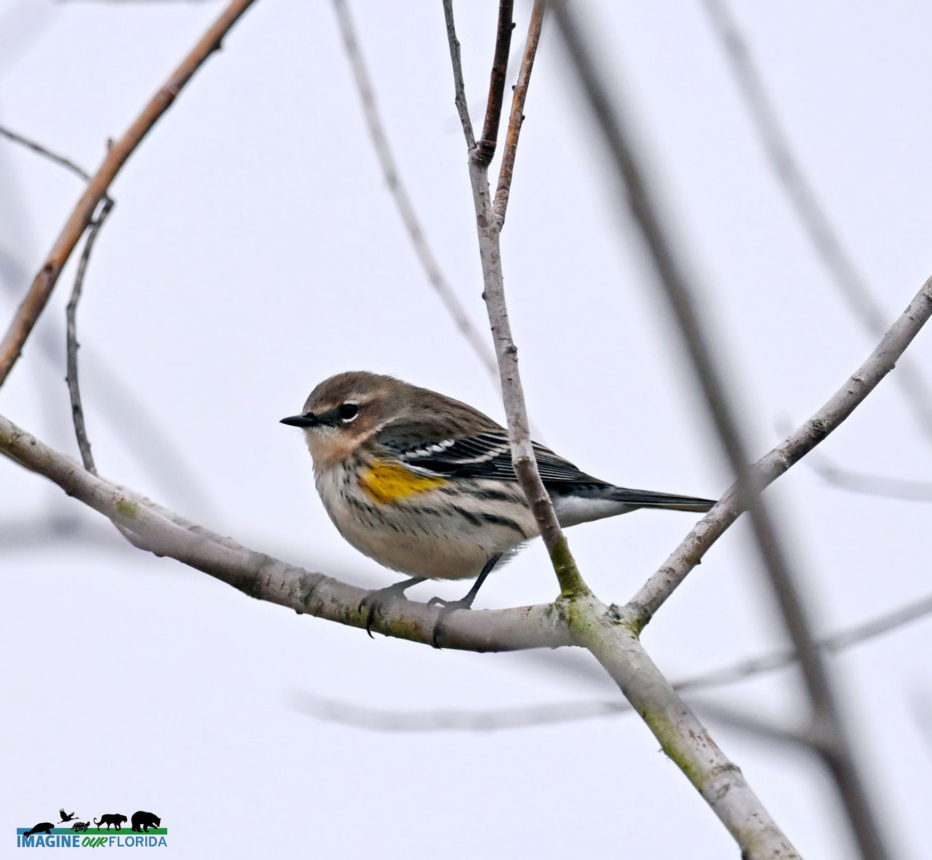
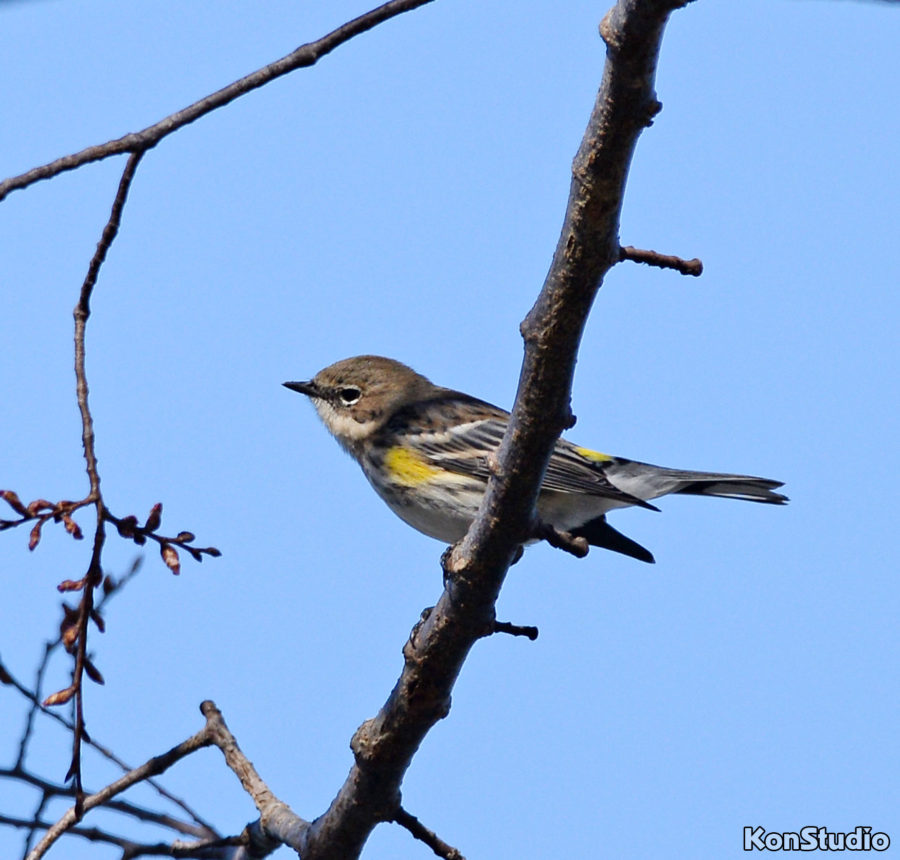
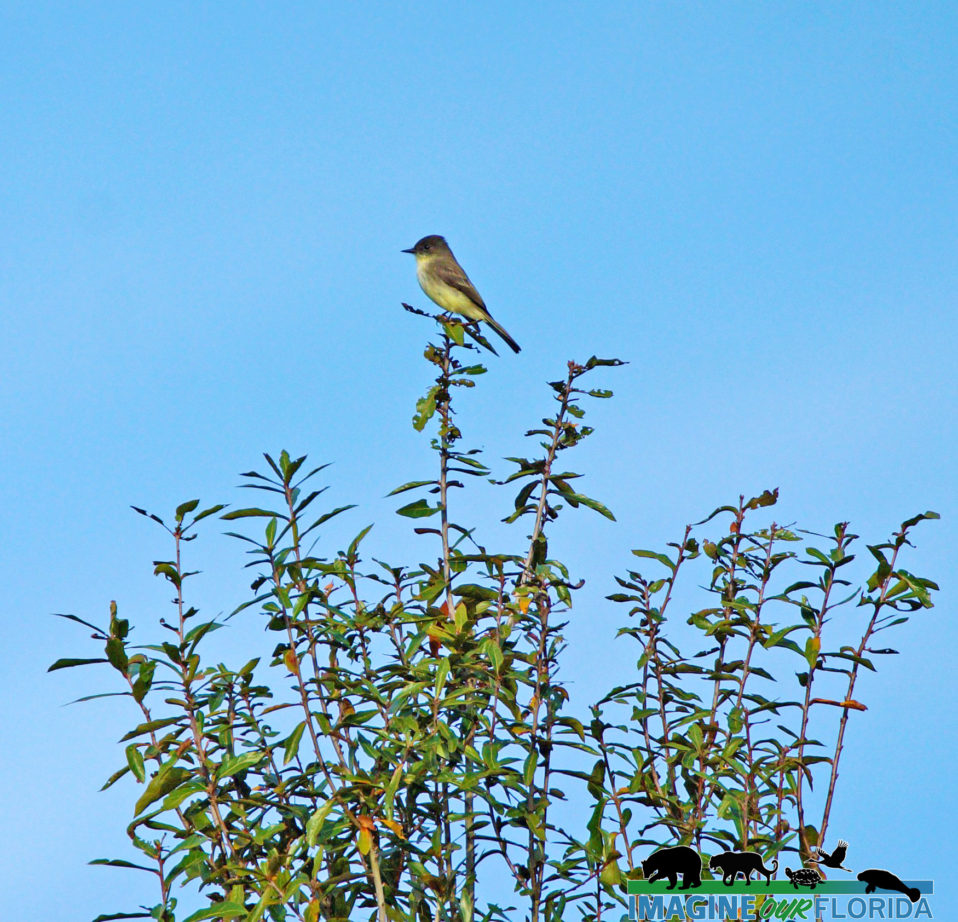
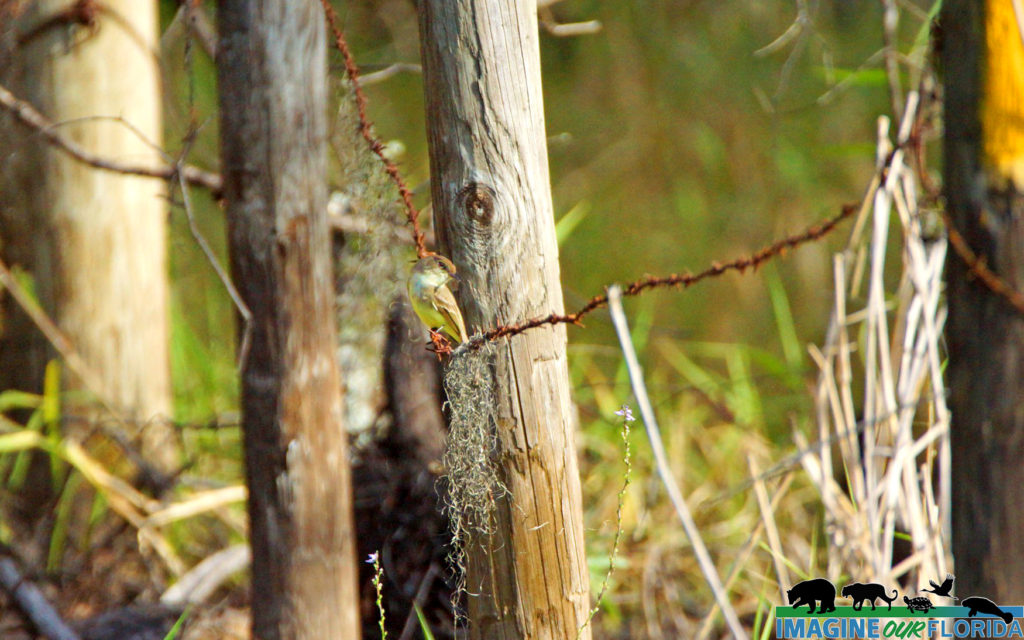
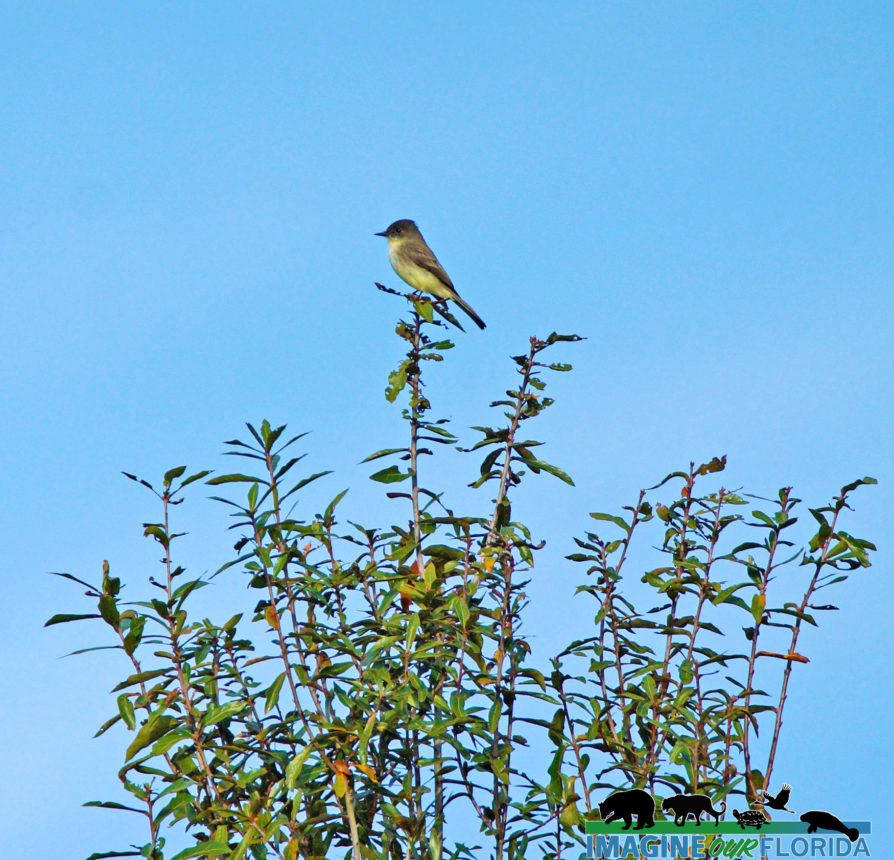
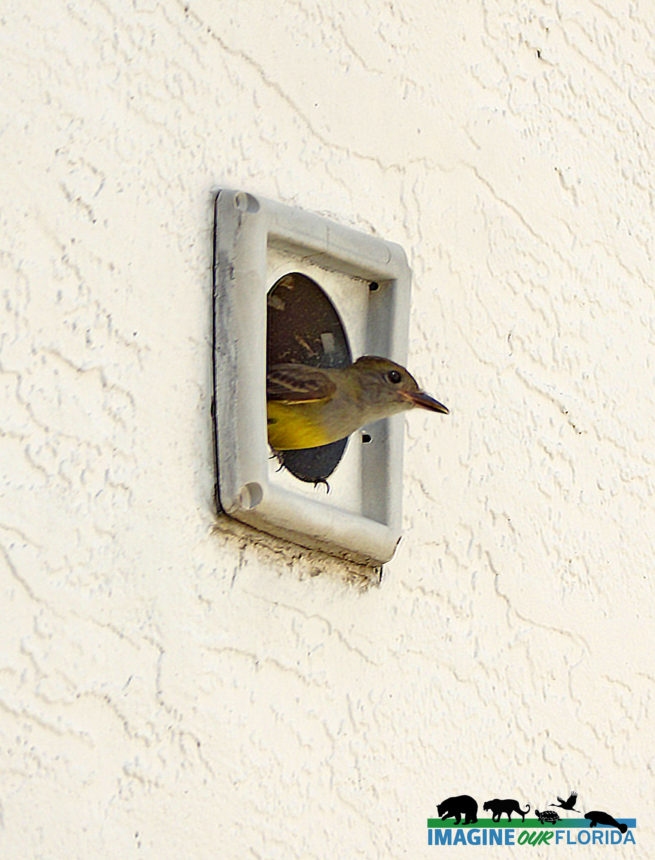
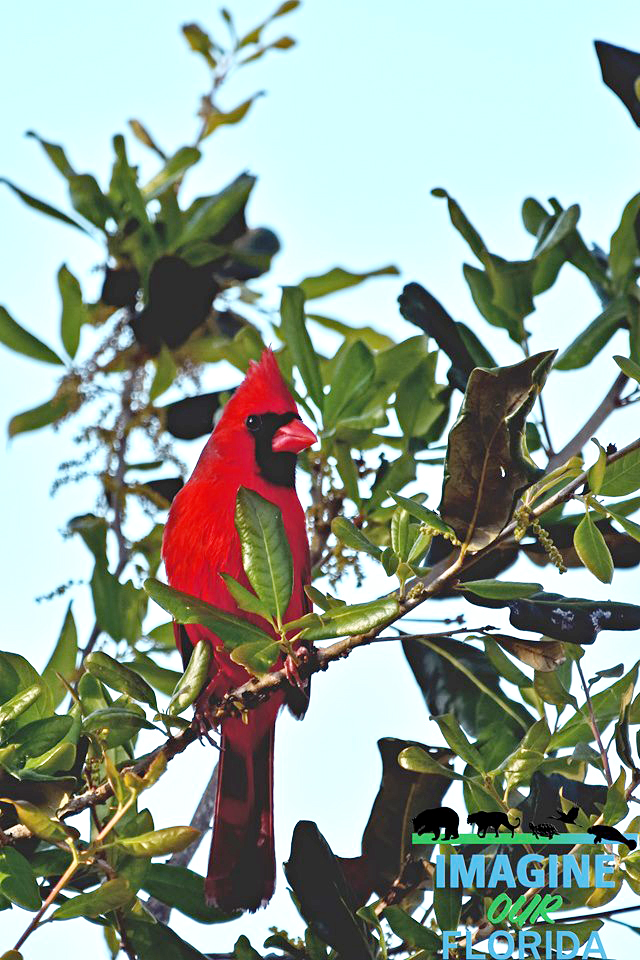
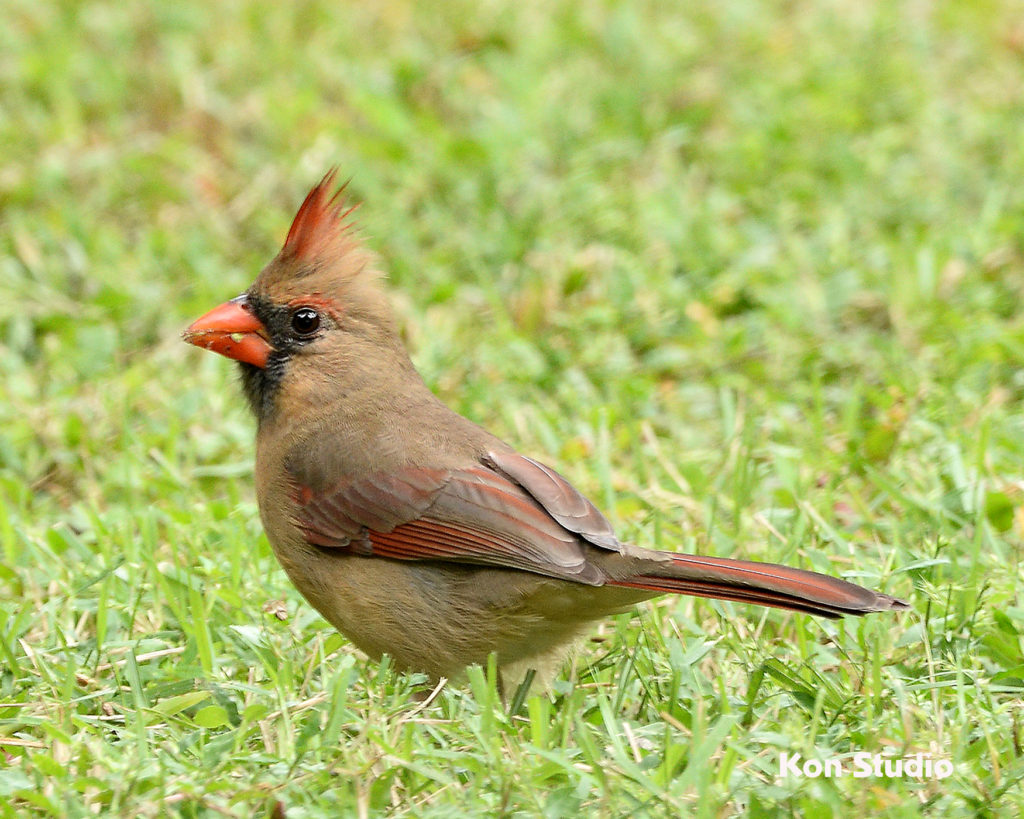
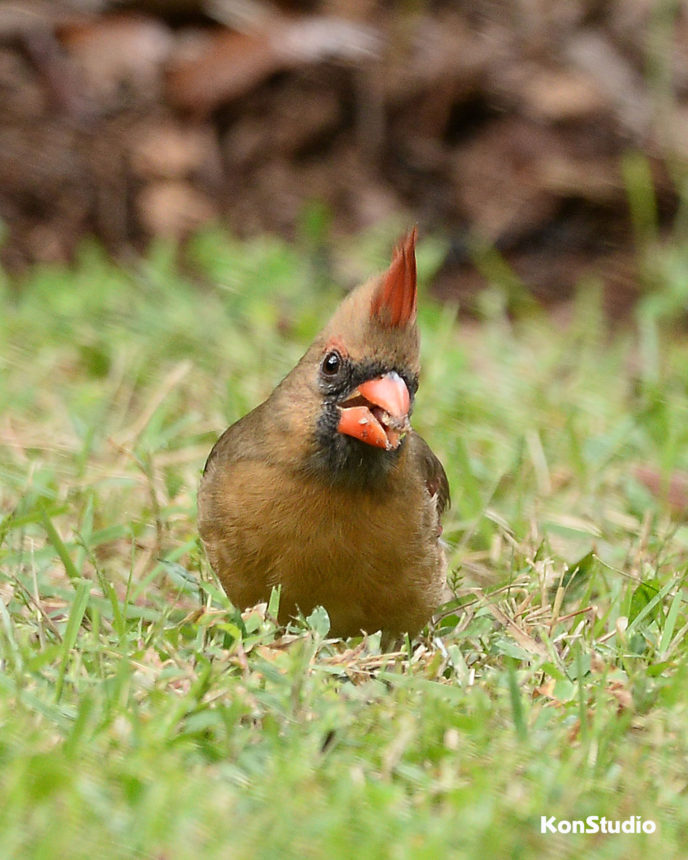
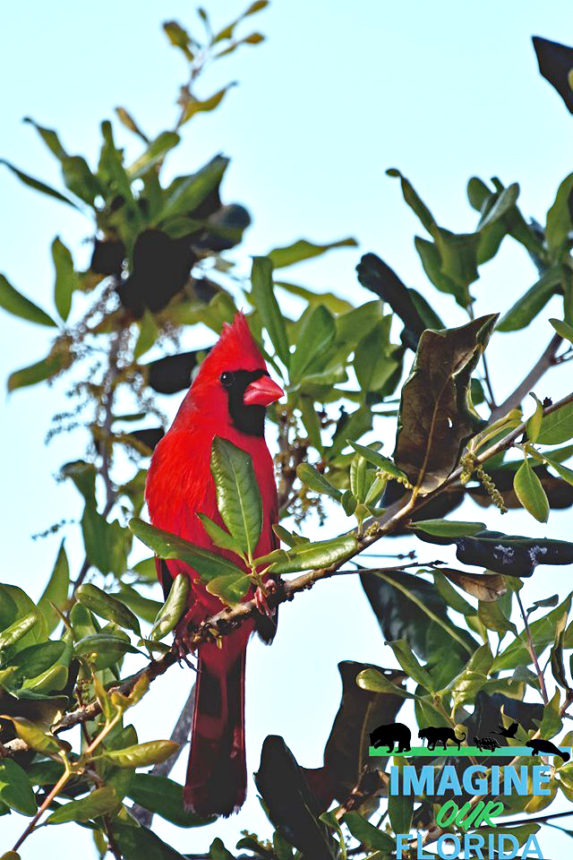
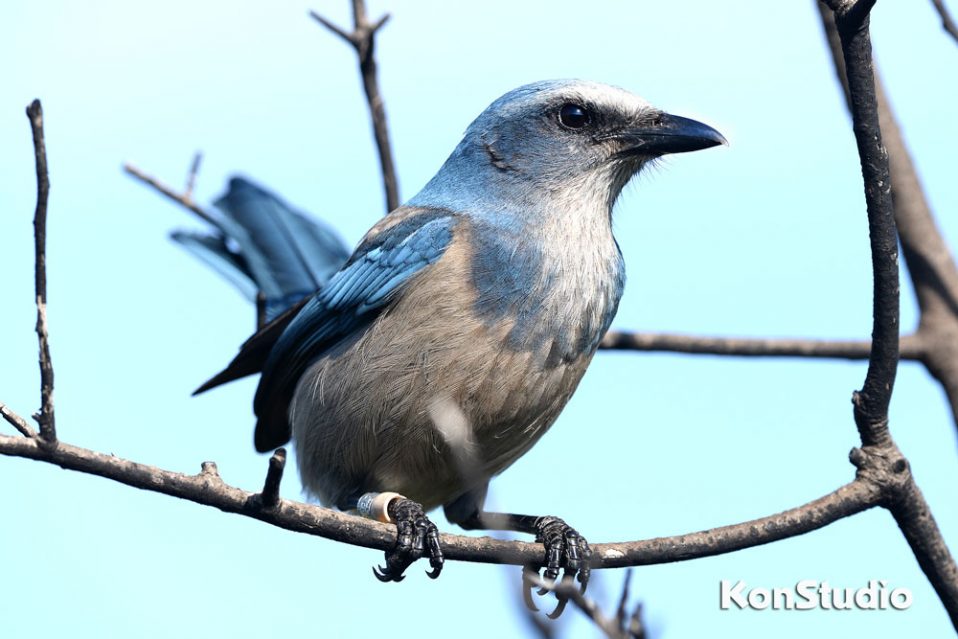
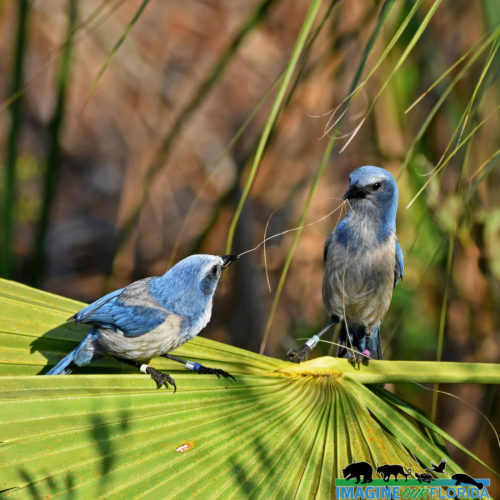



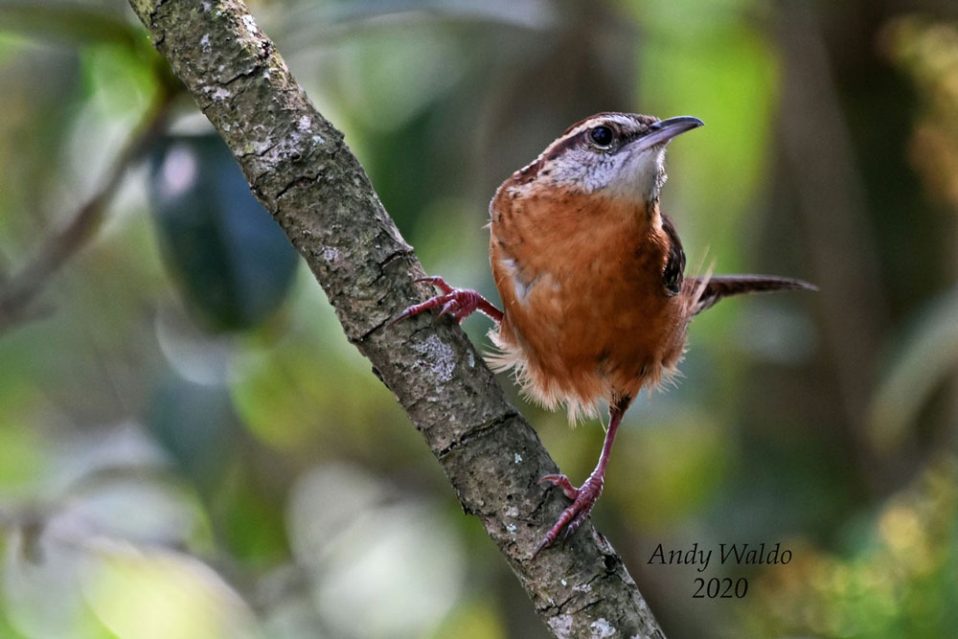

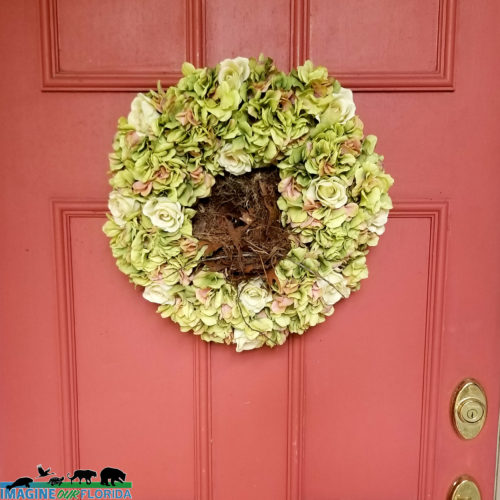
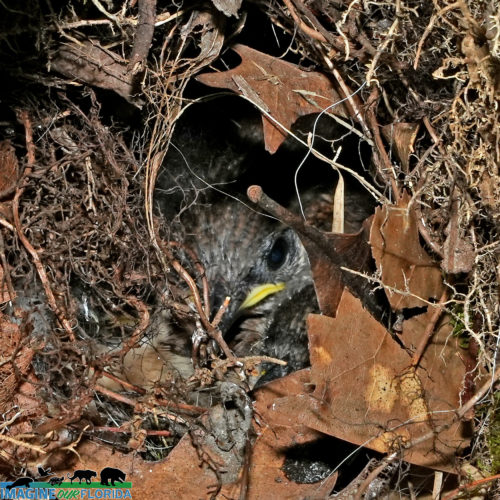
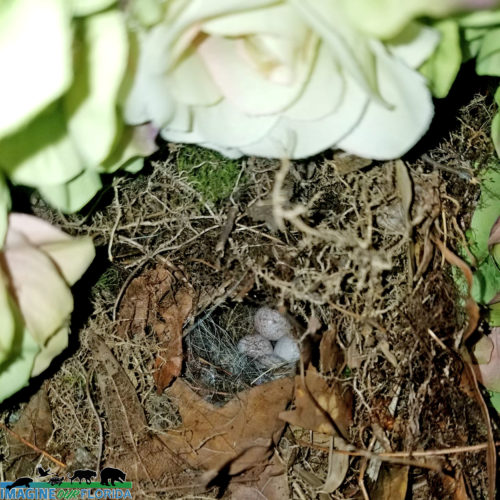
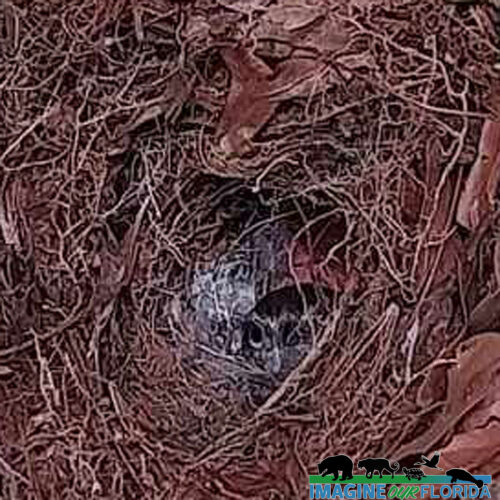
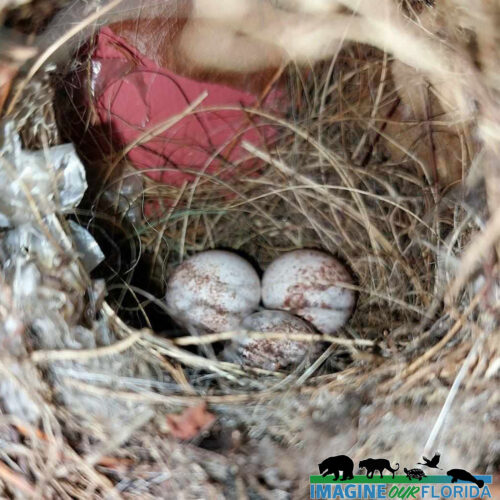
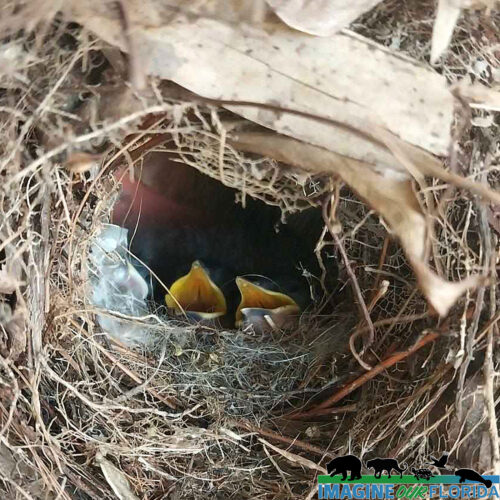
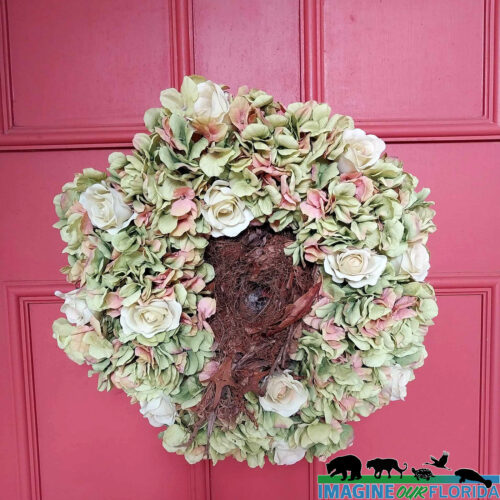
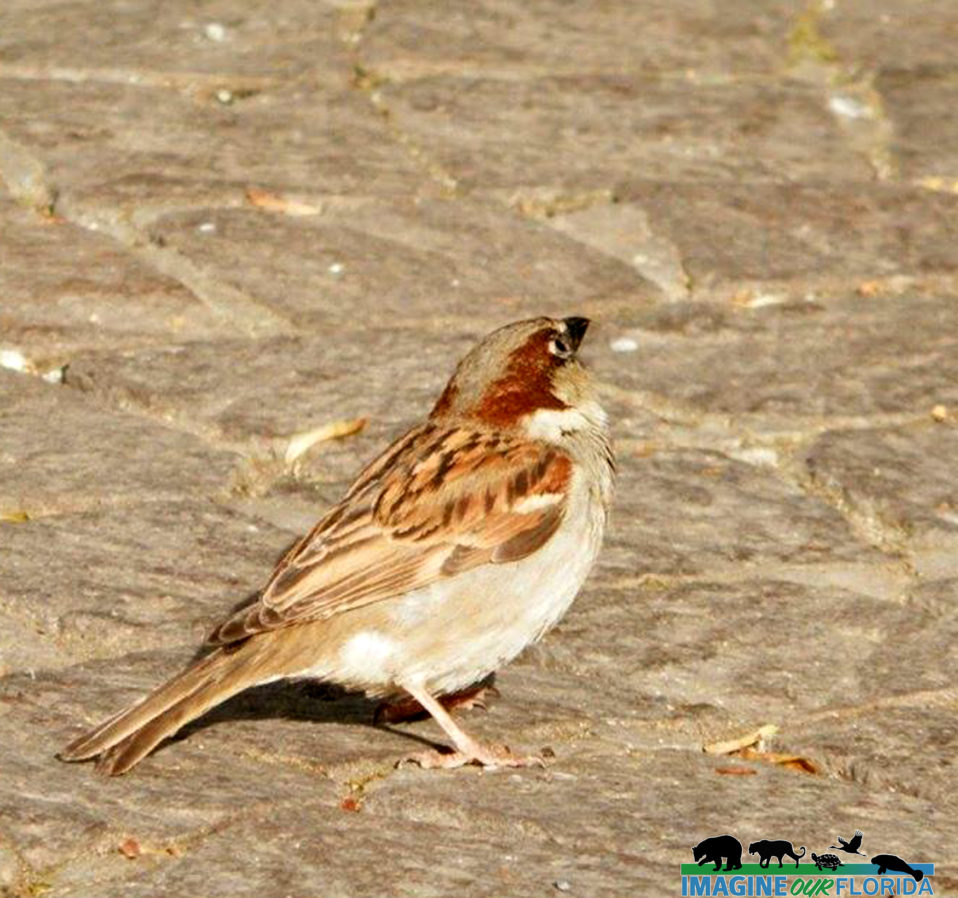
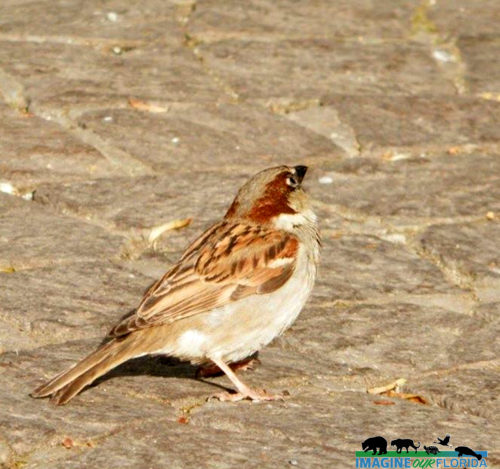
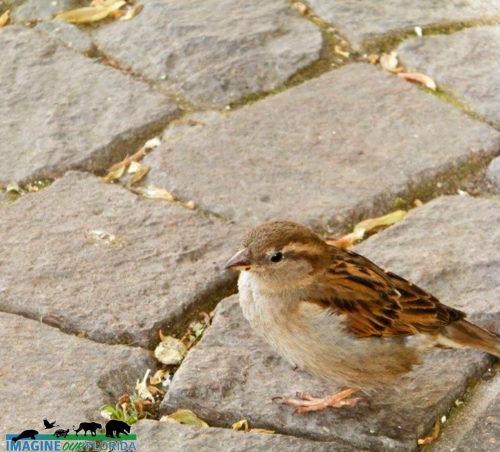
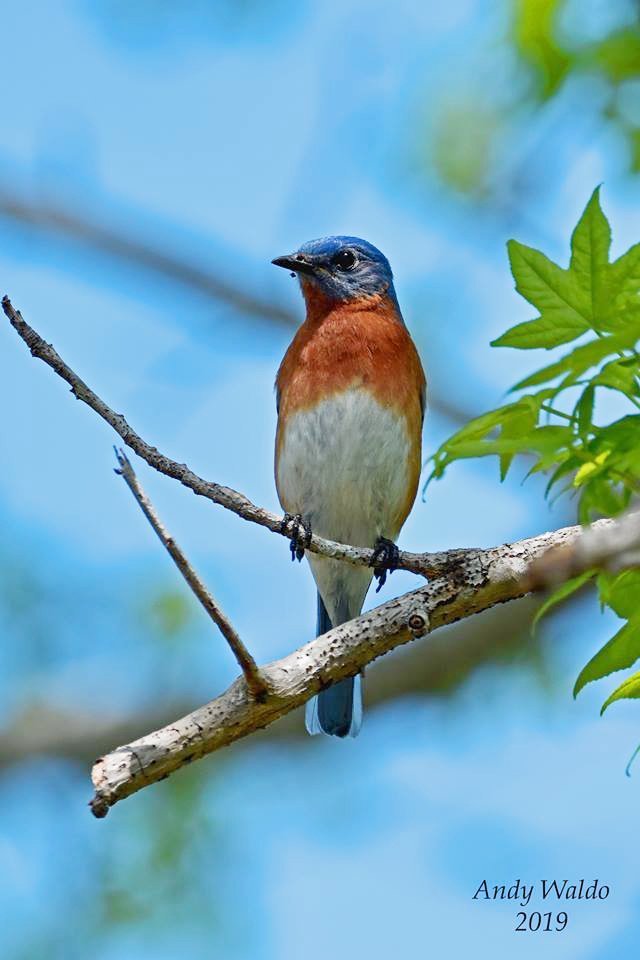

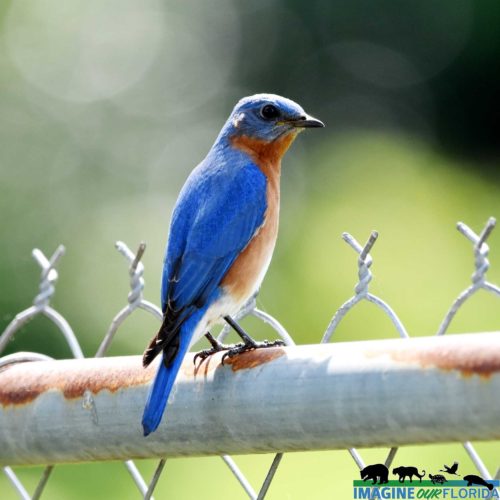
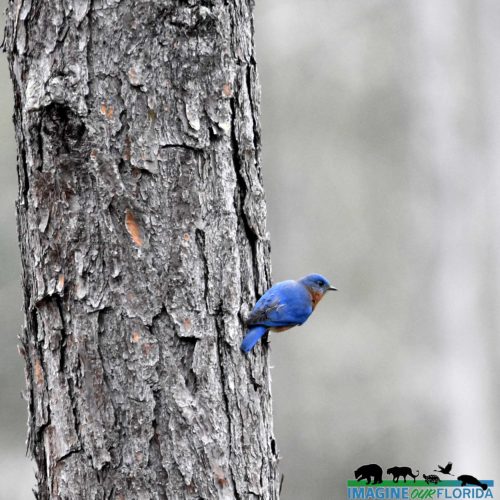
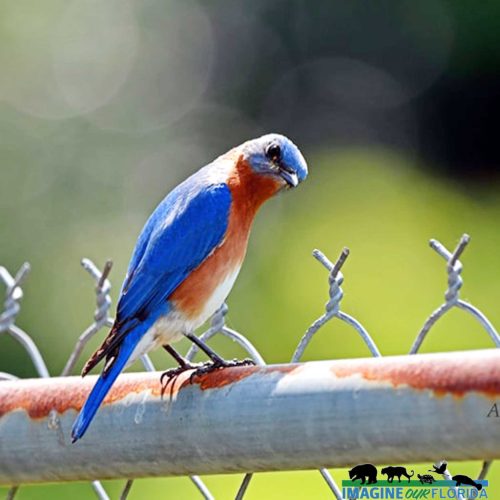

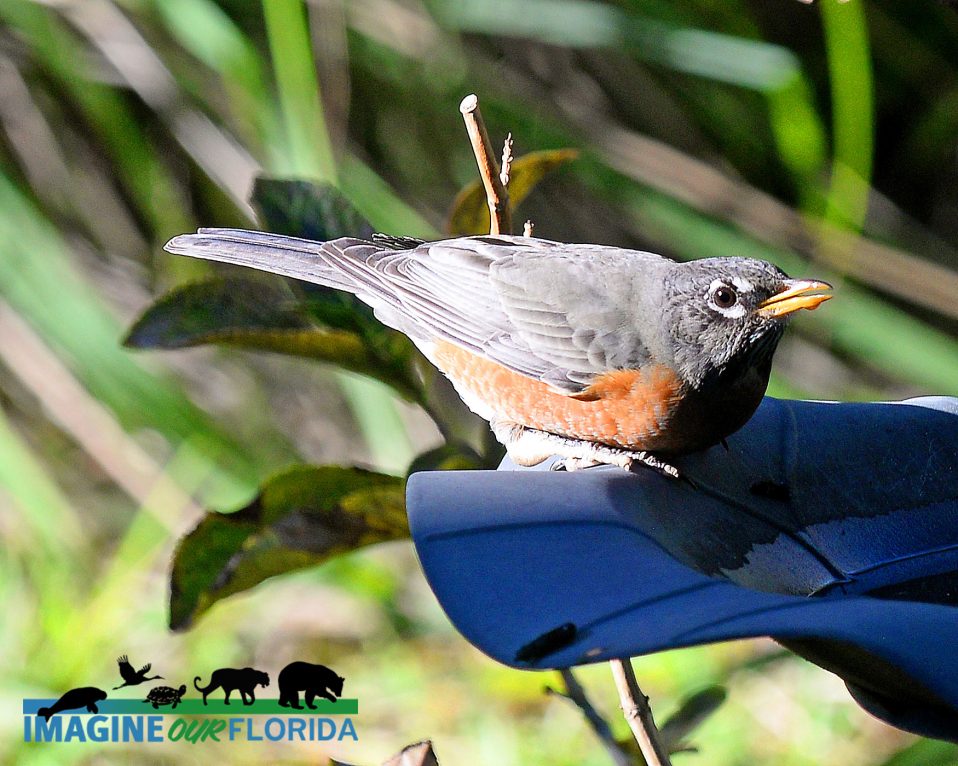

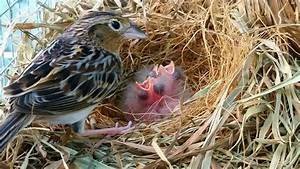



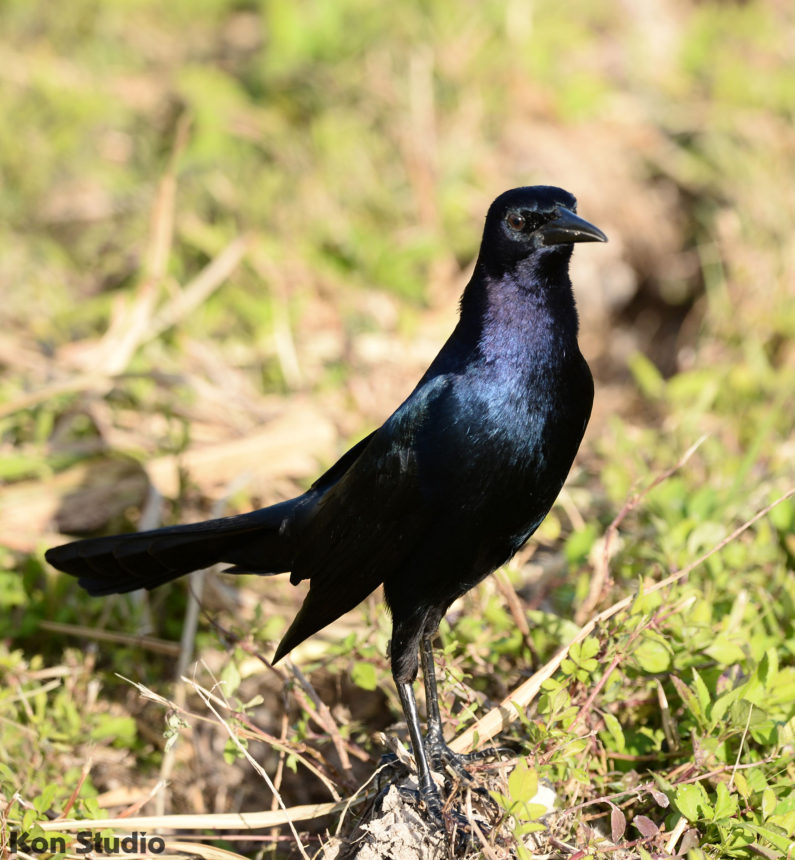
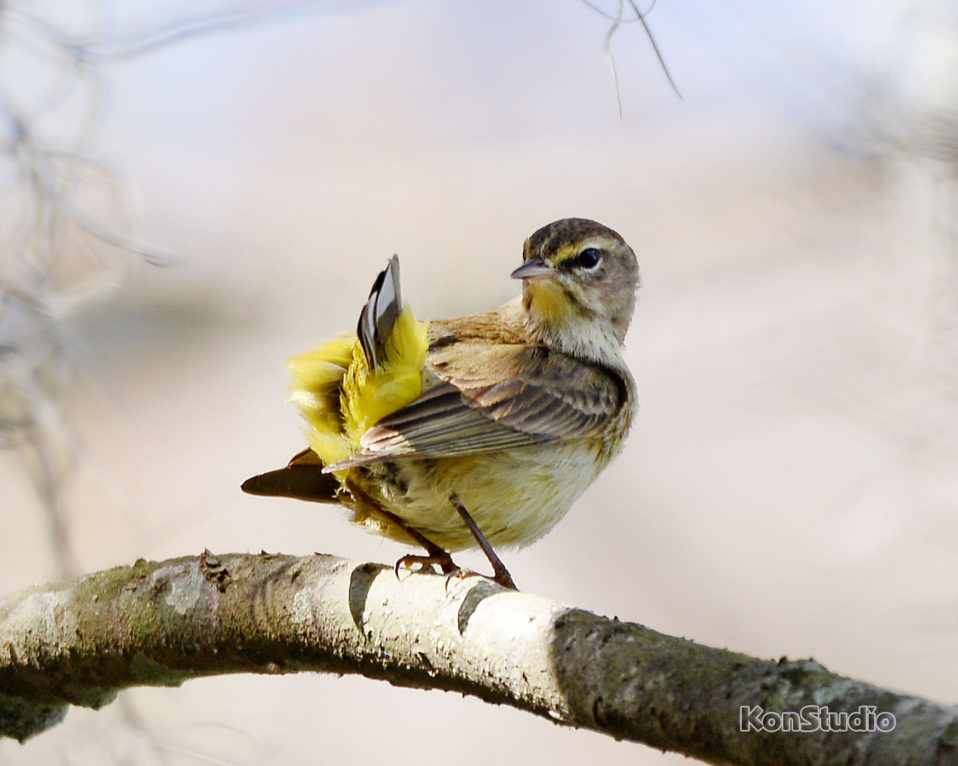
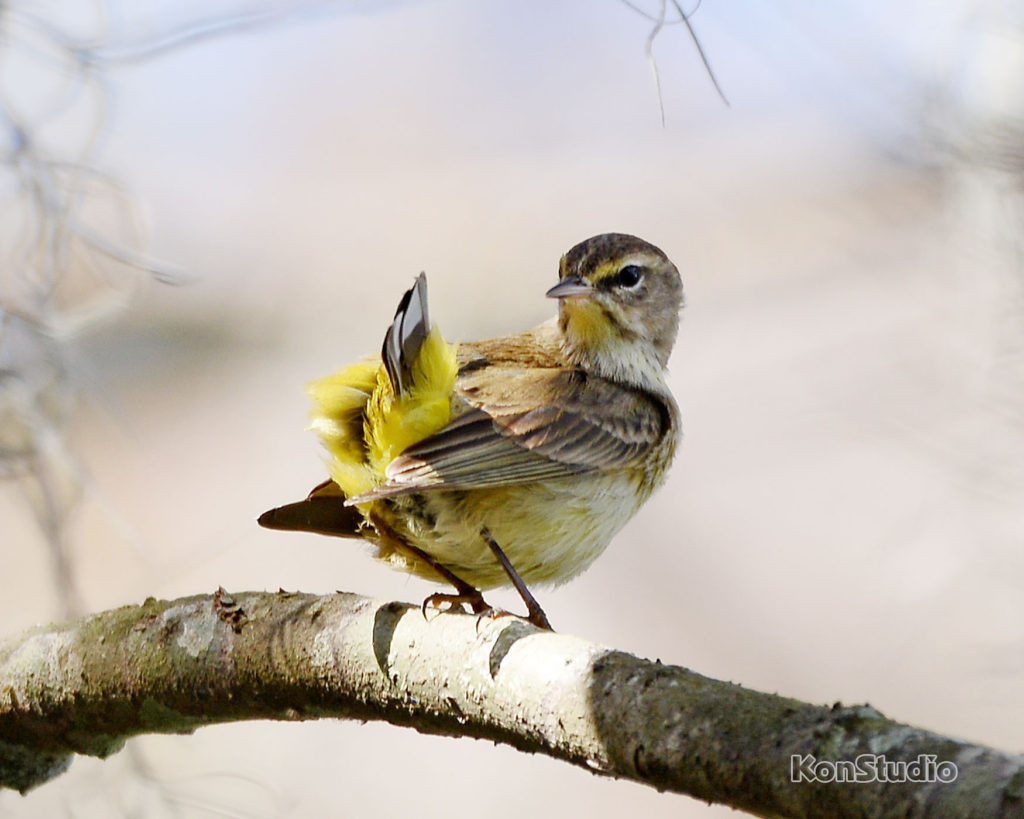
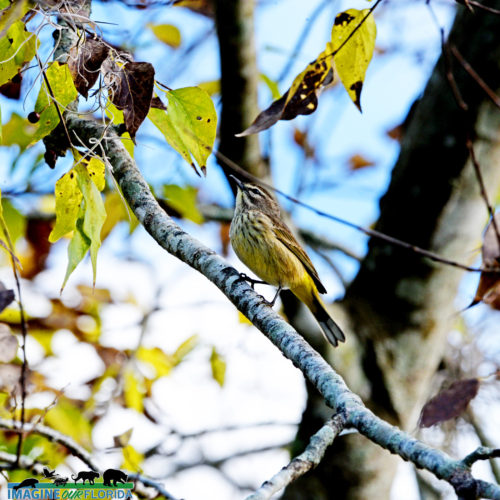
Recent Comments